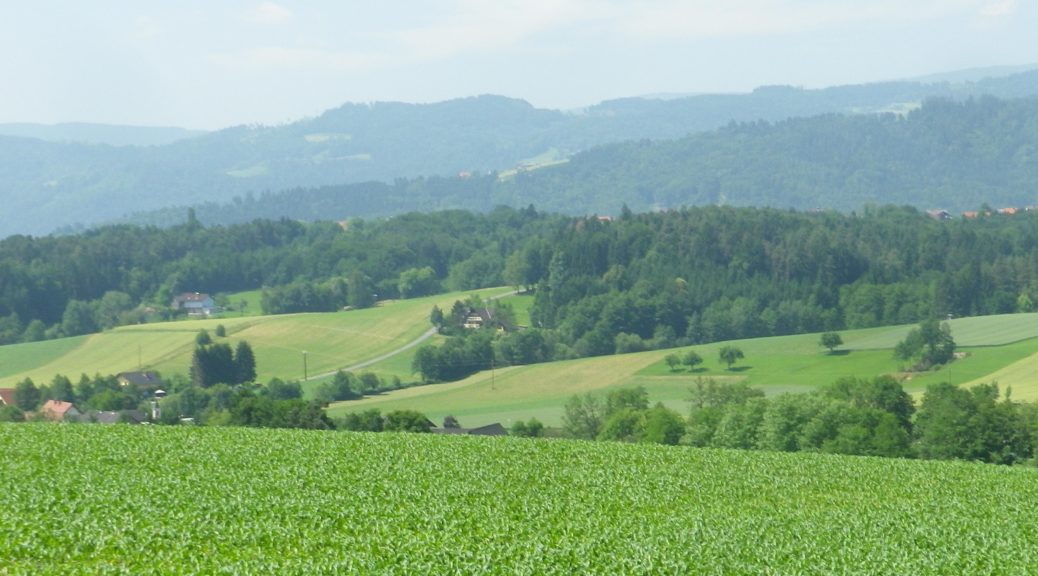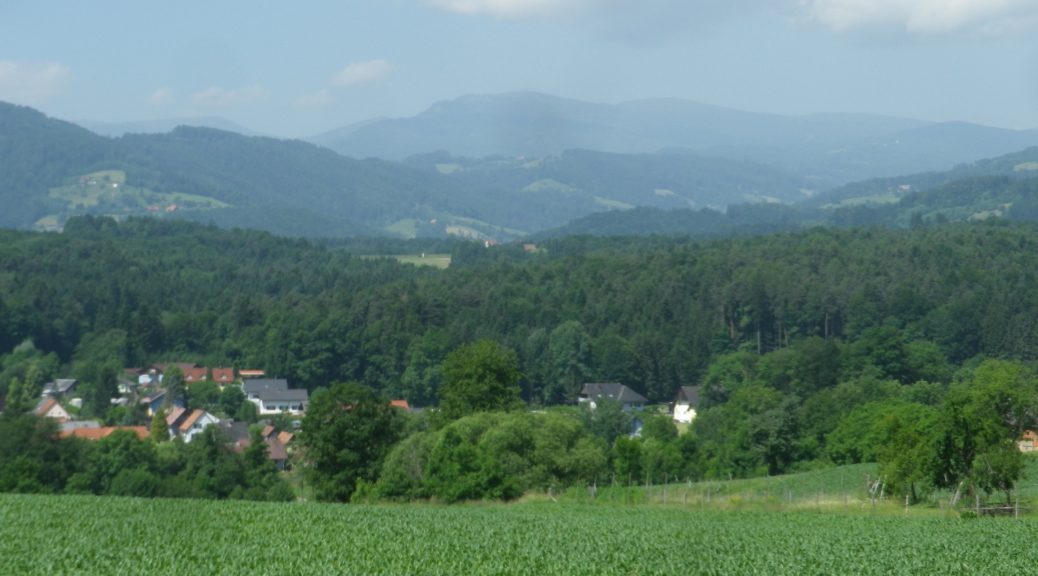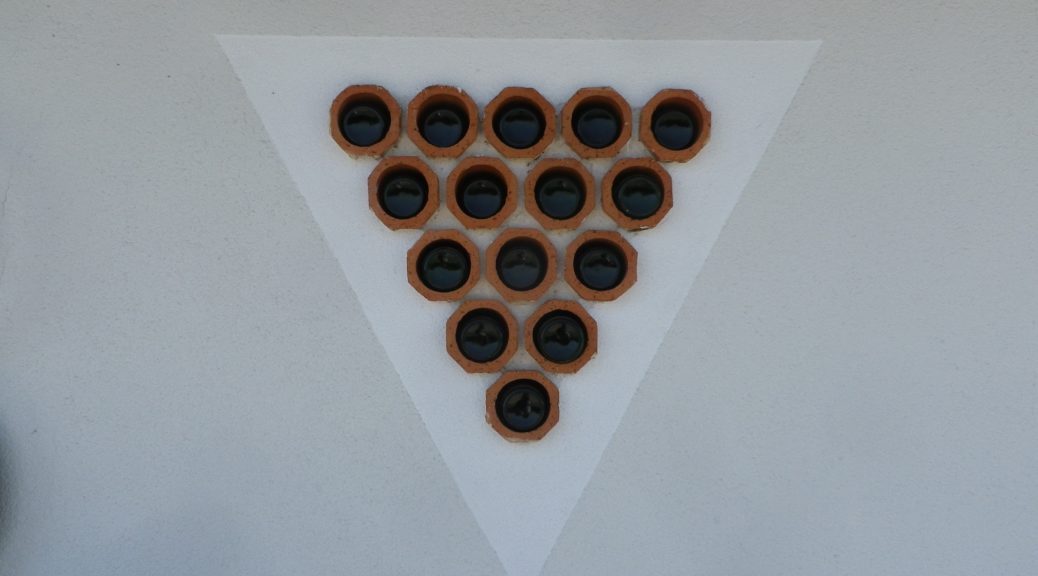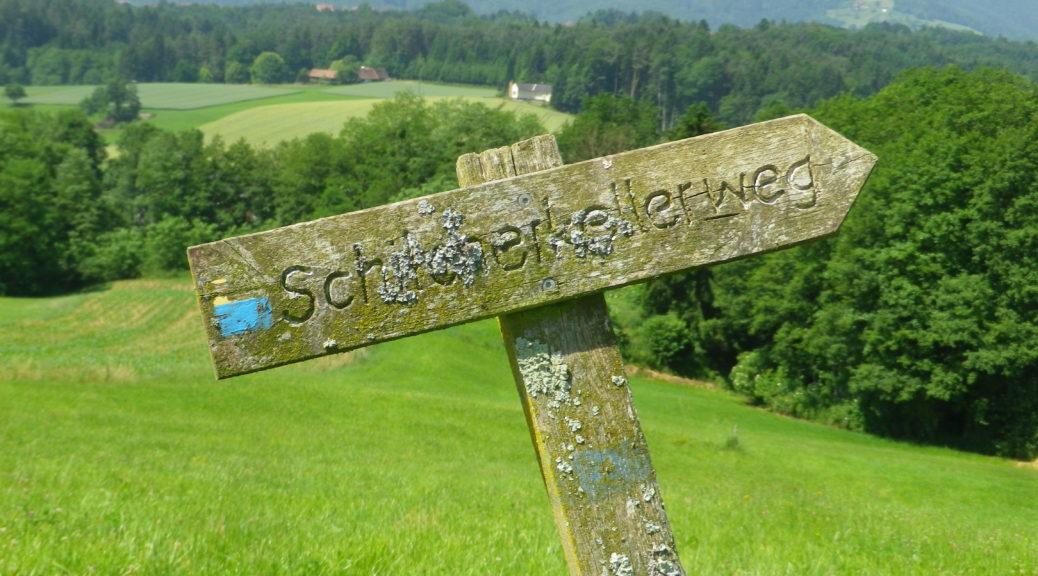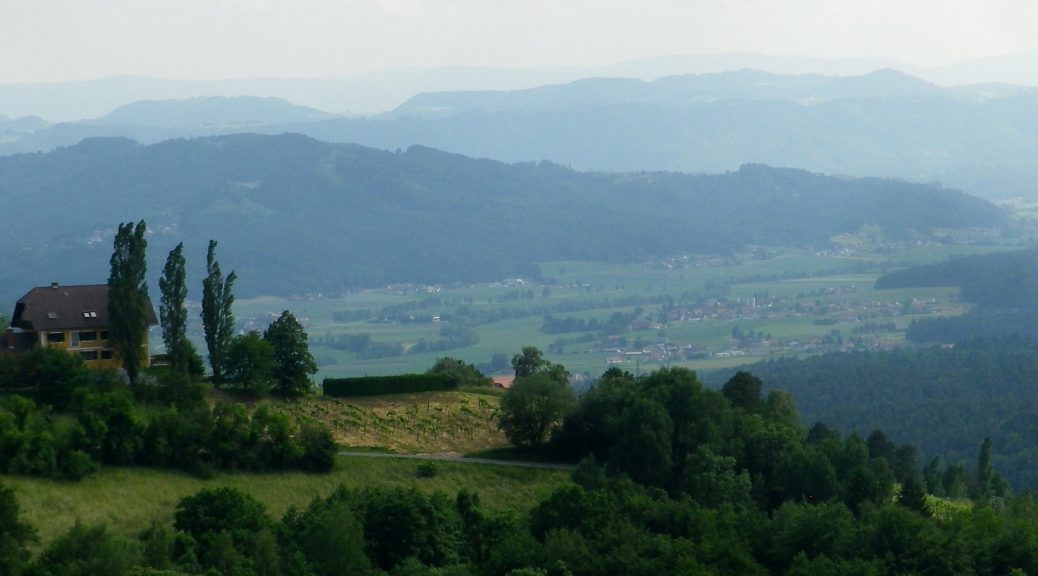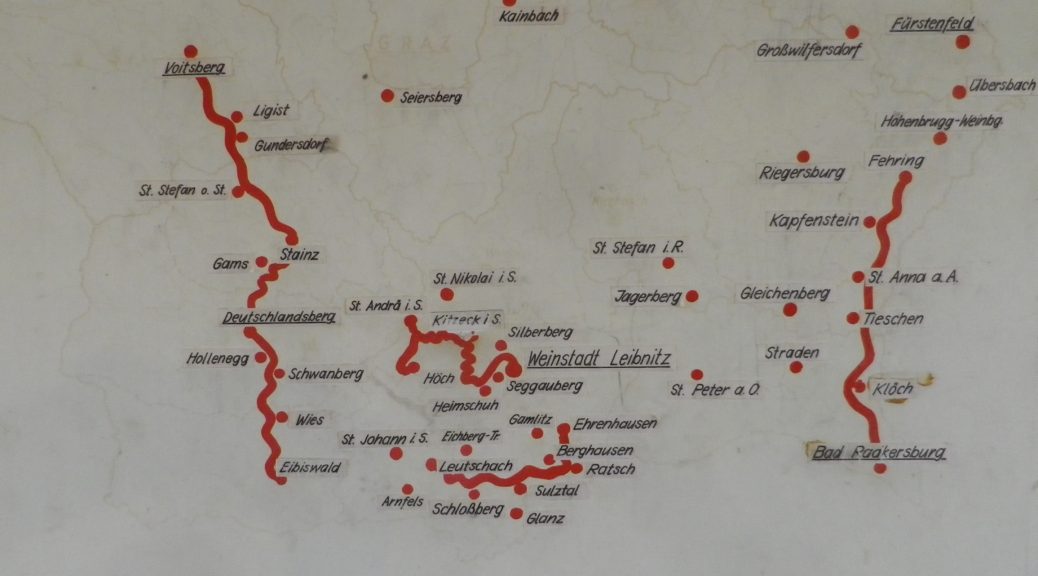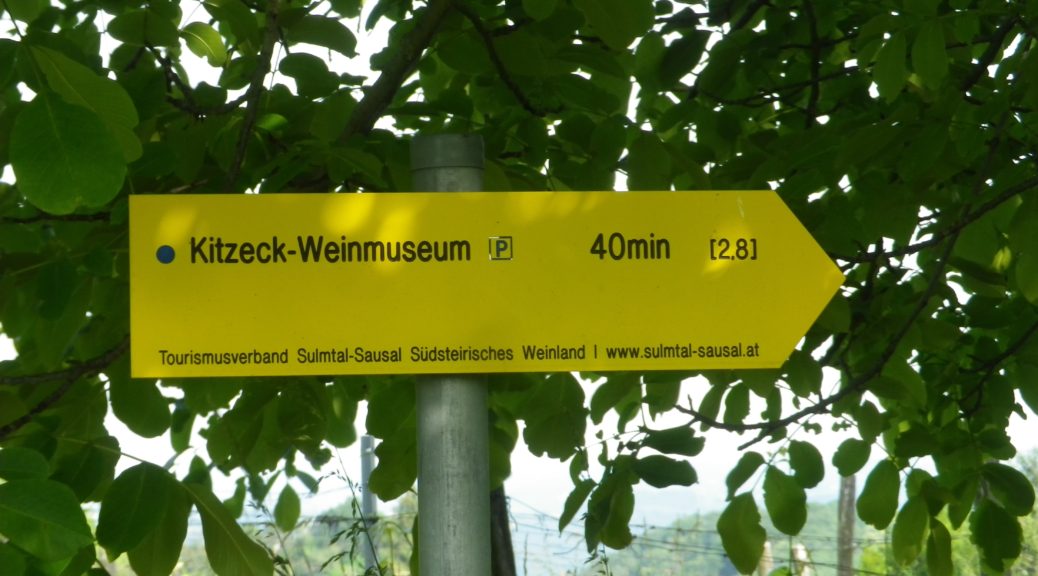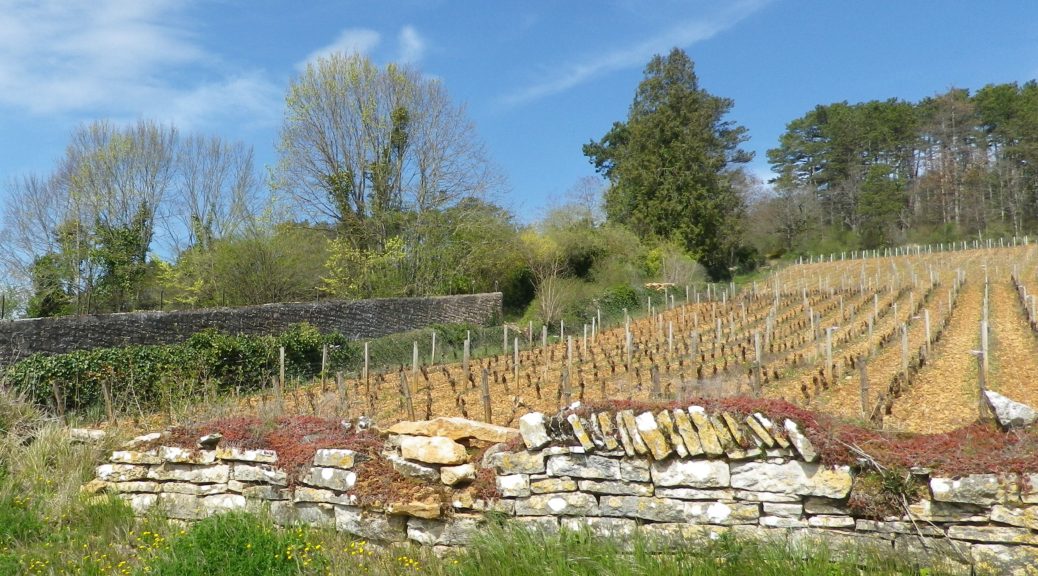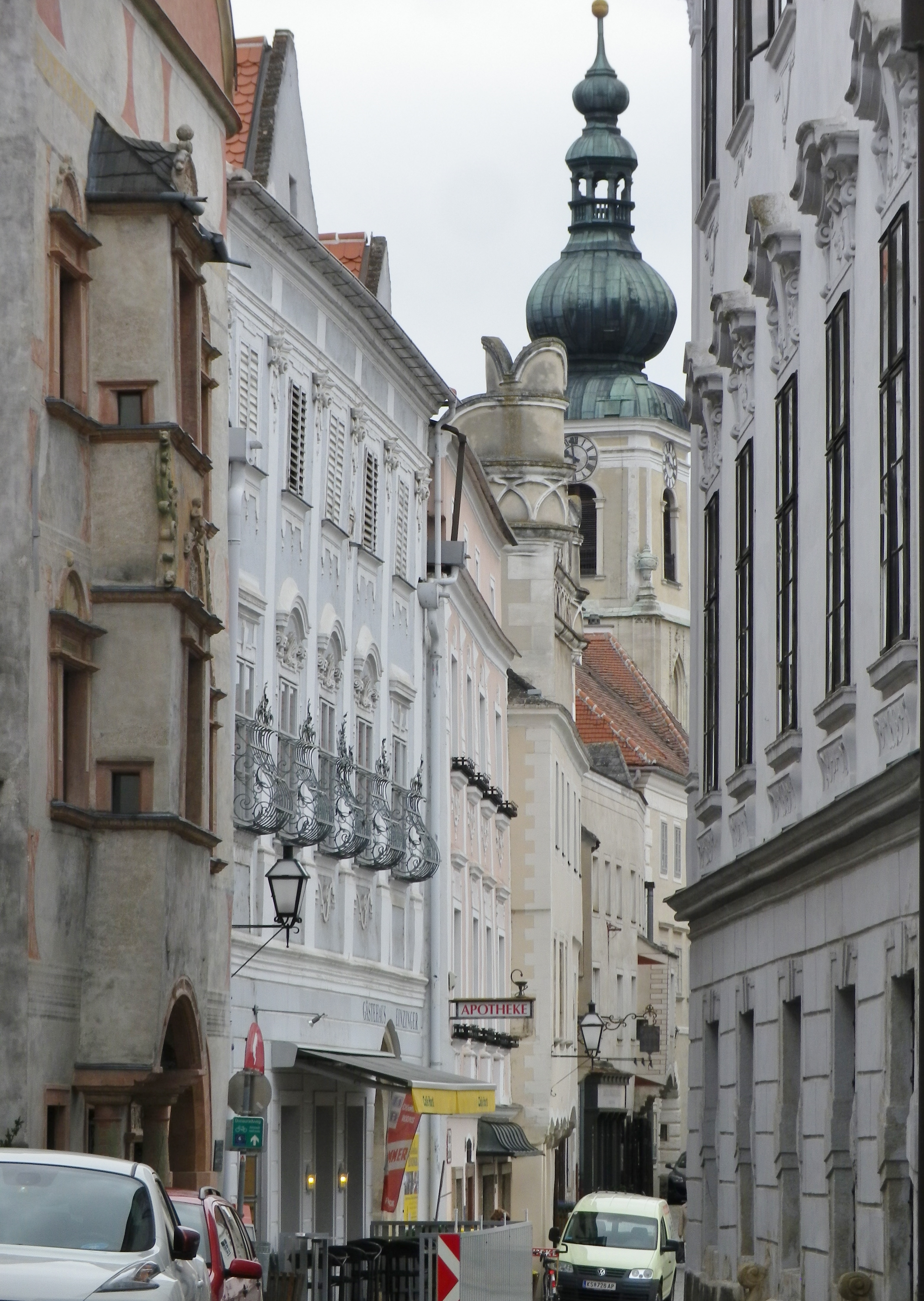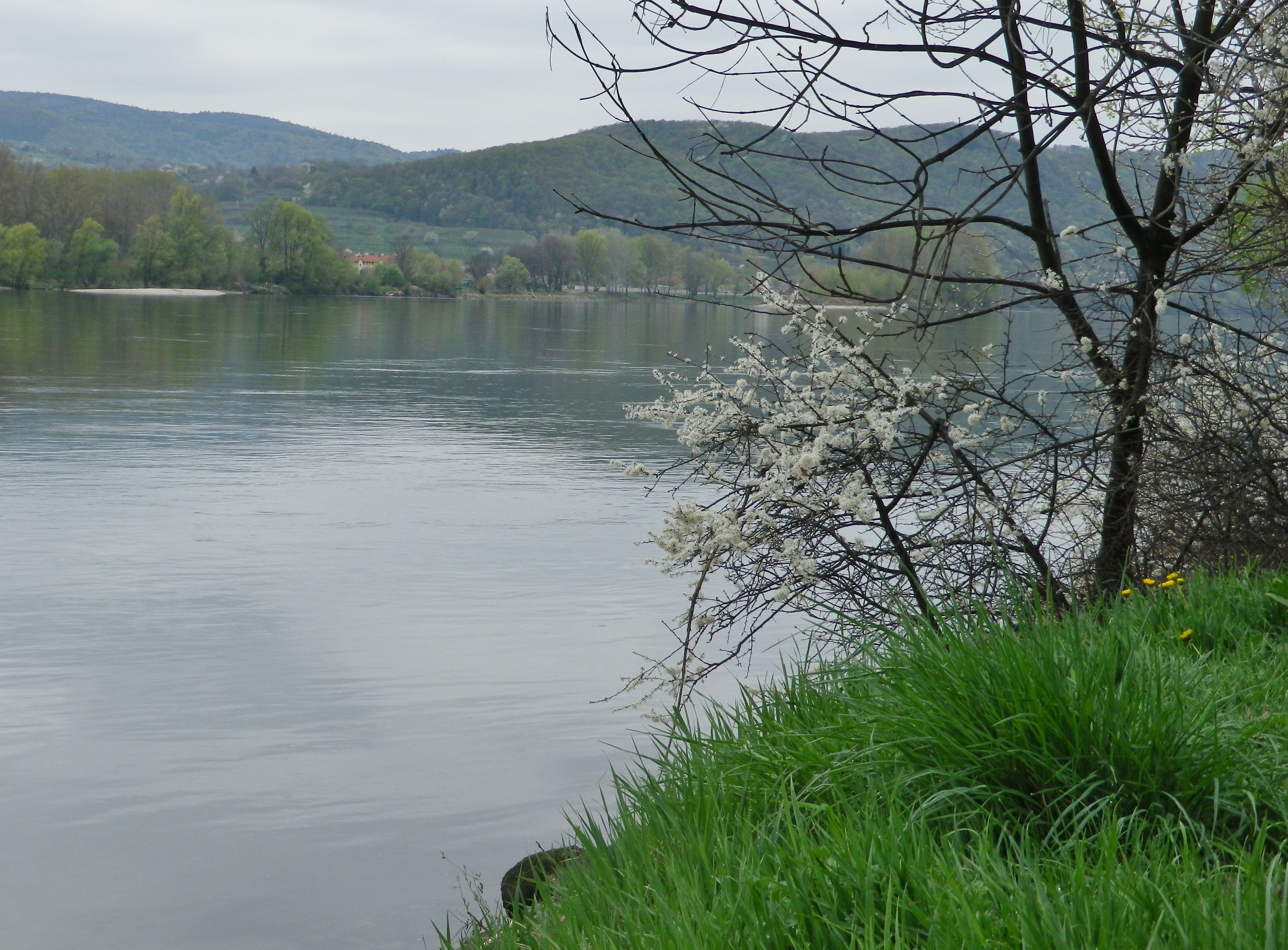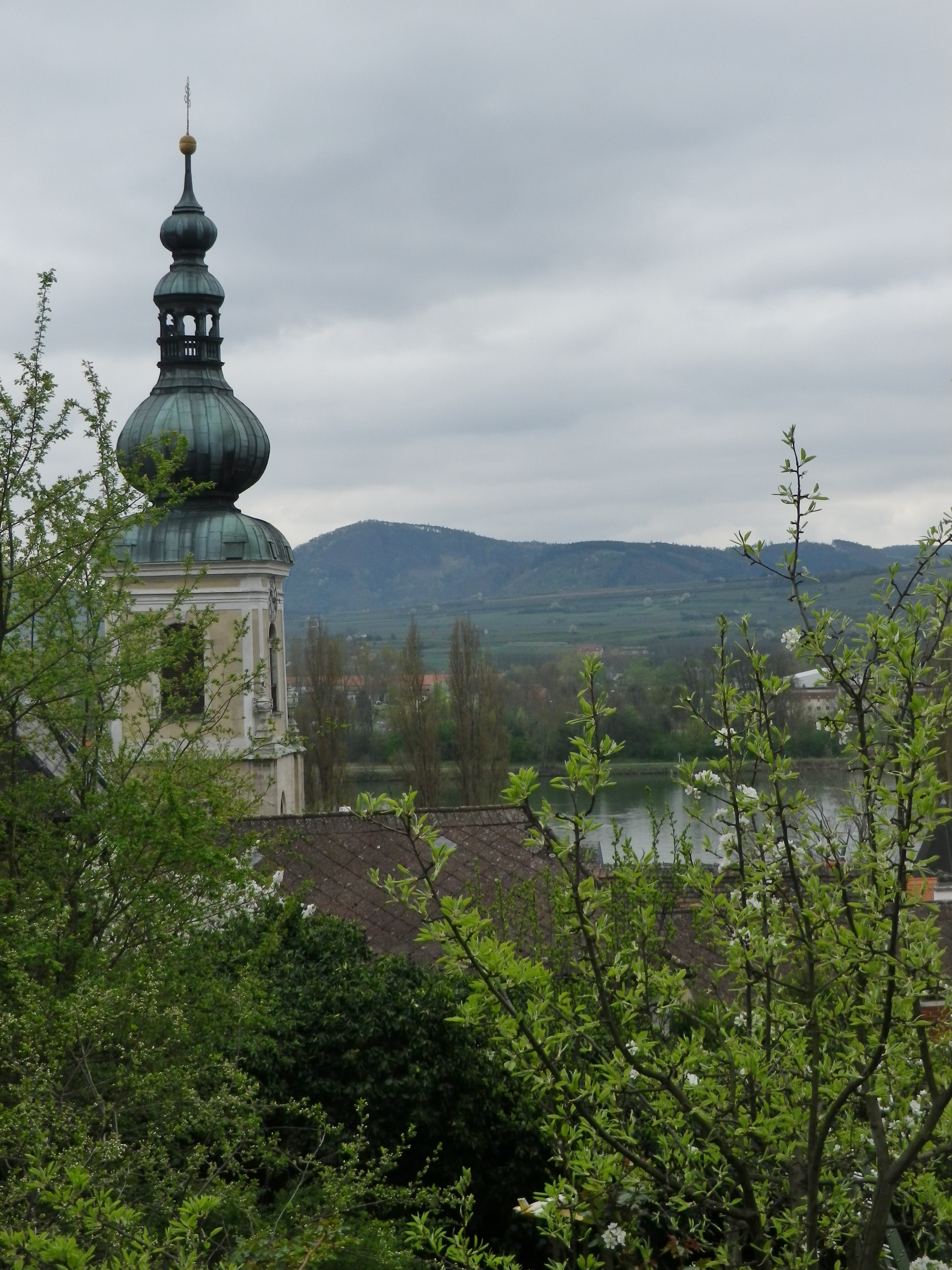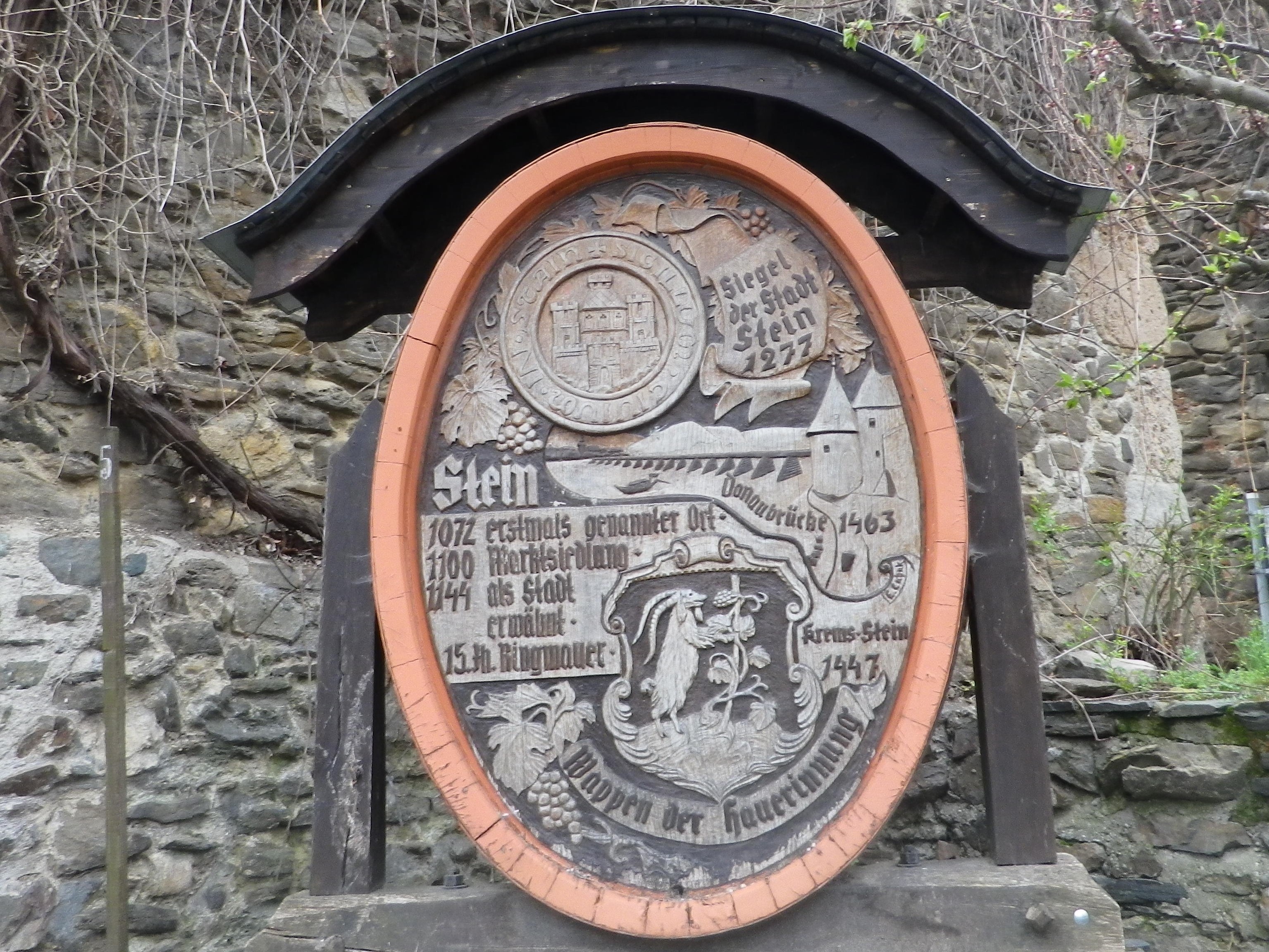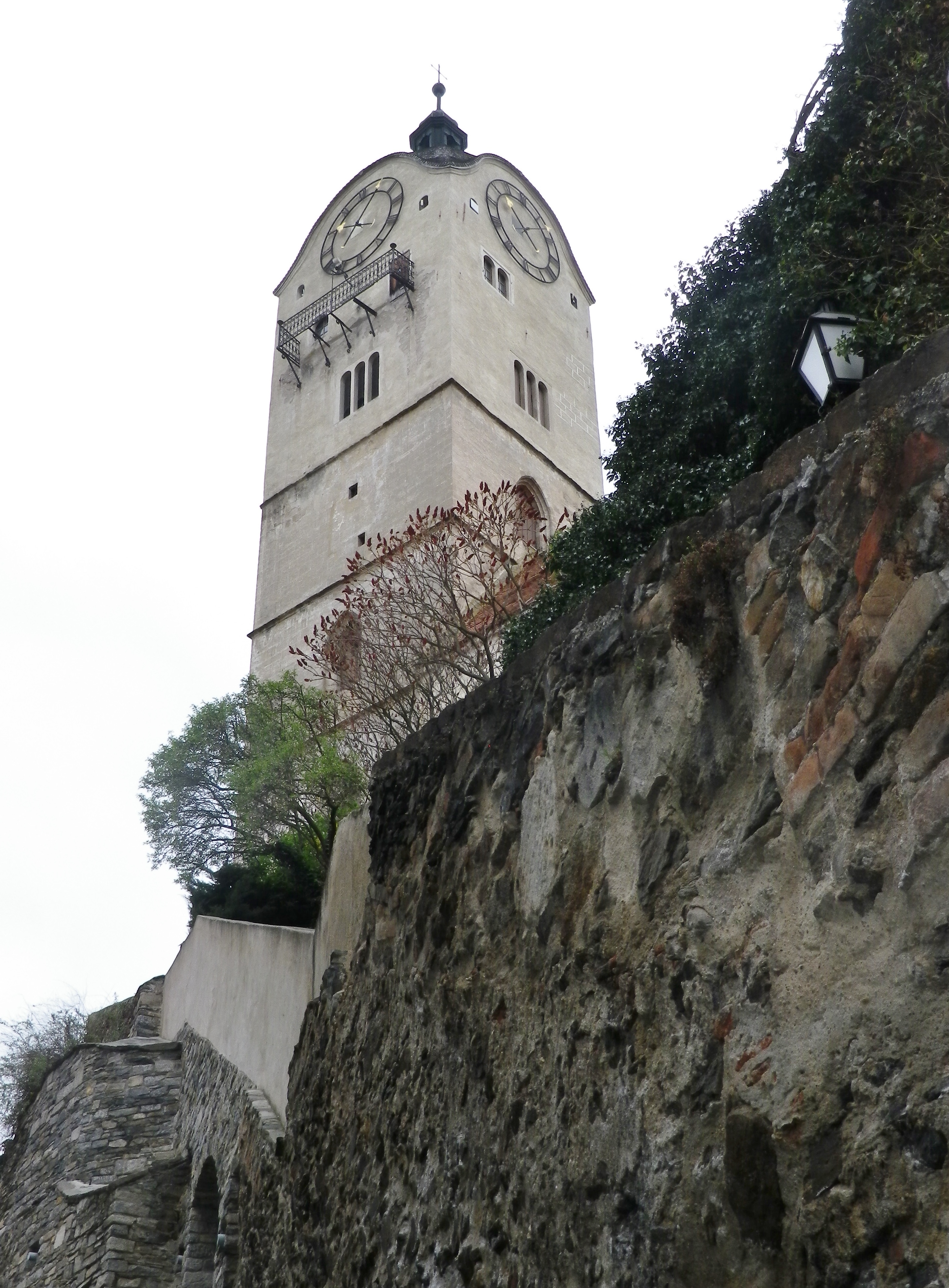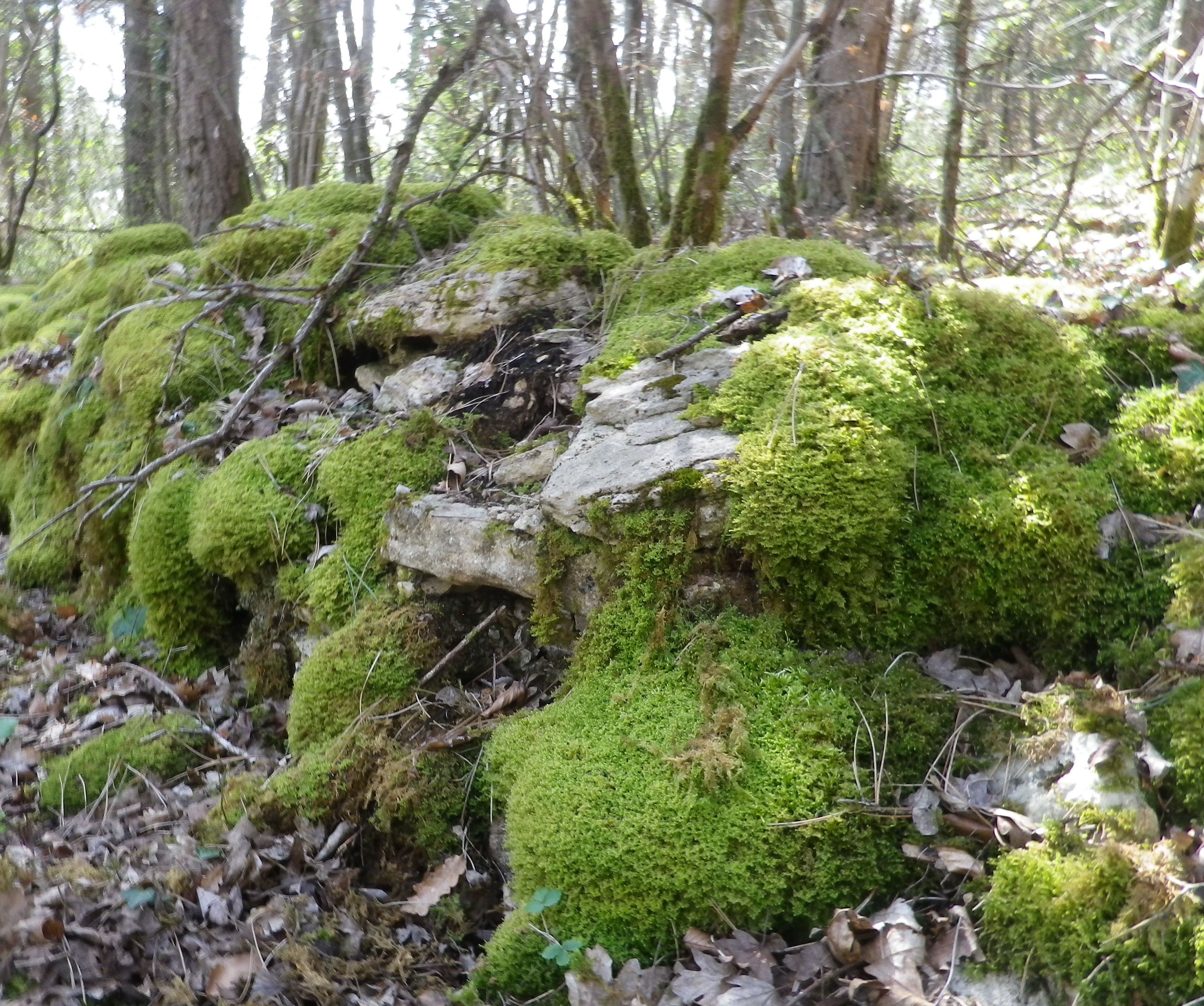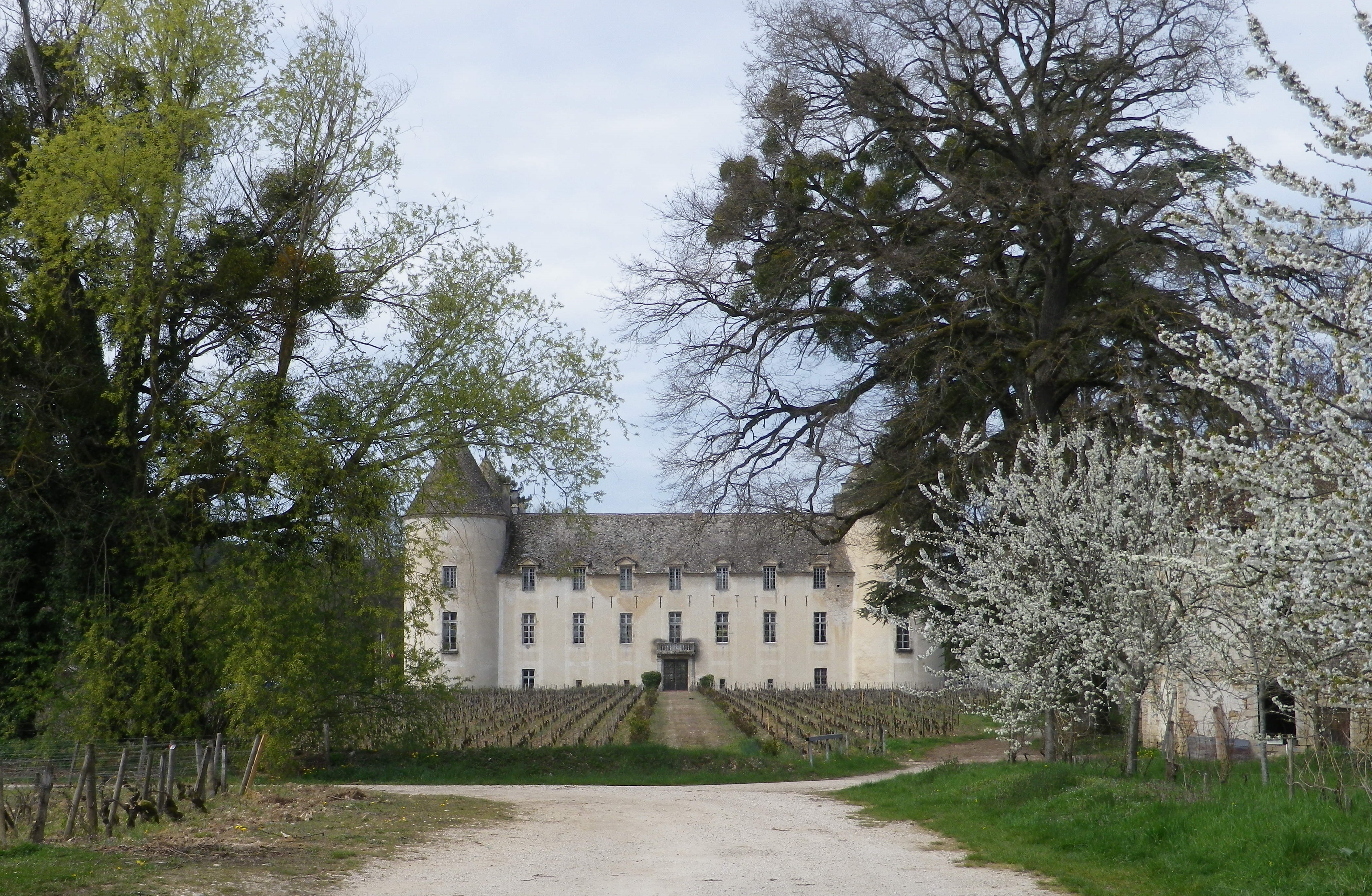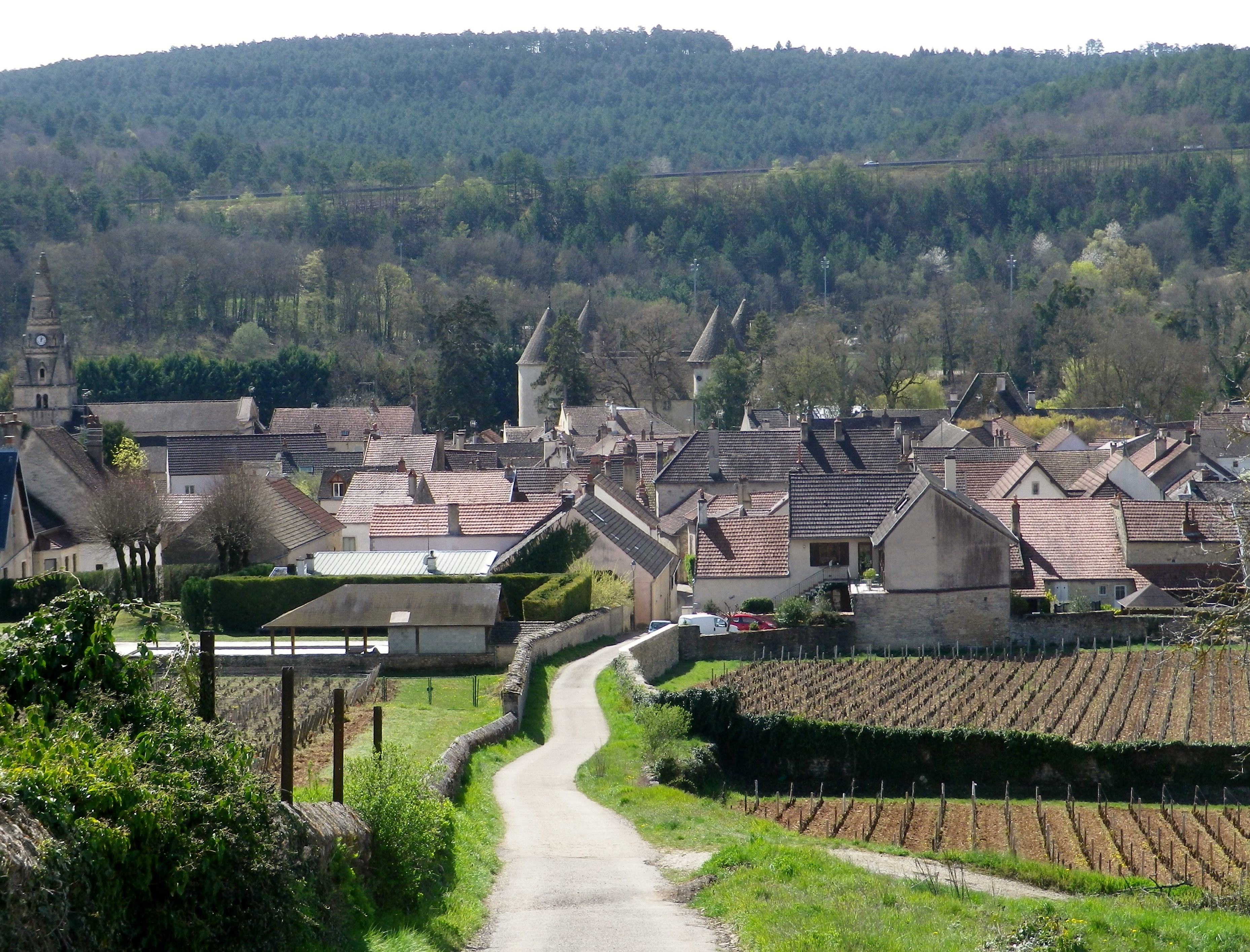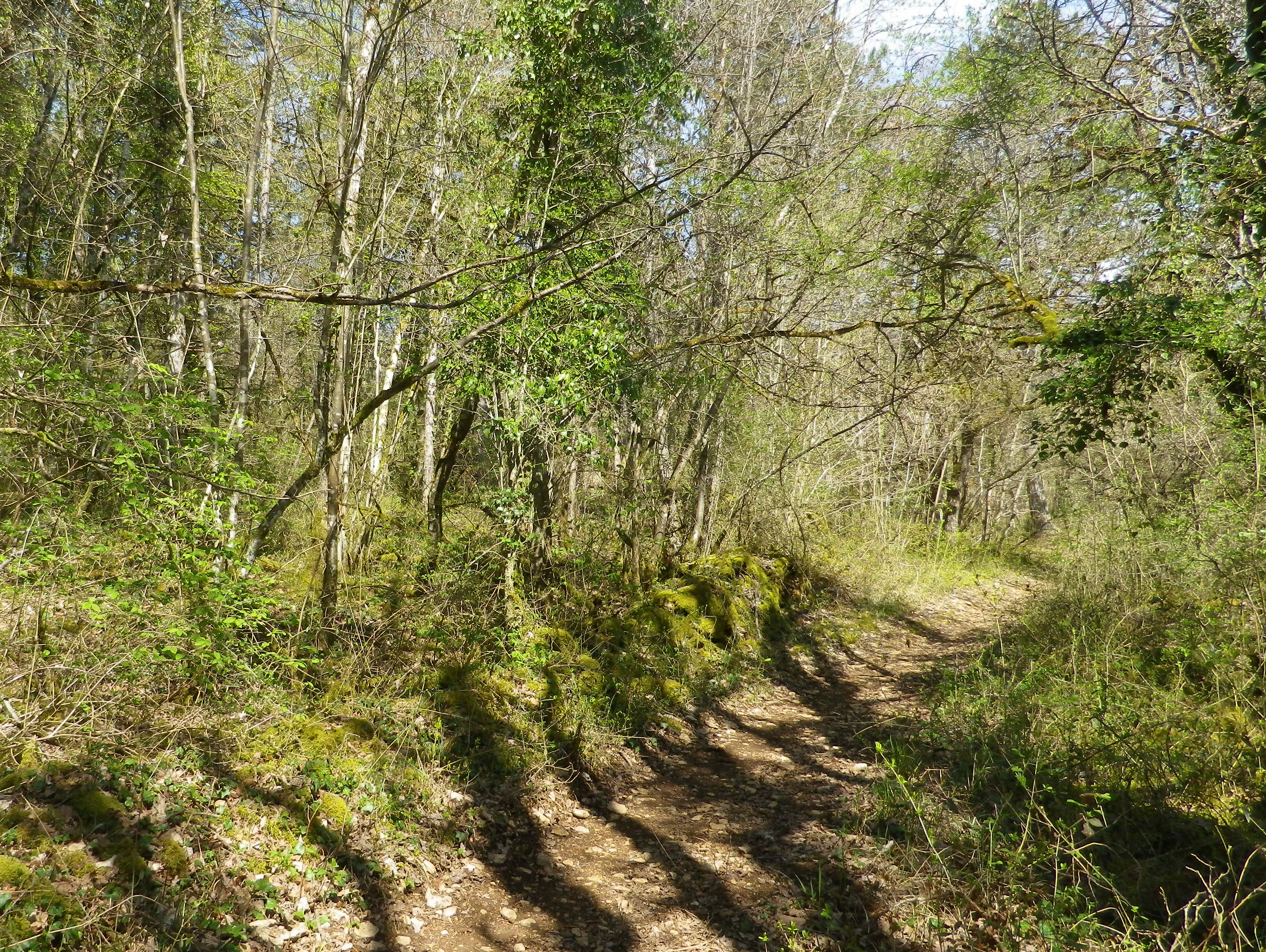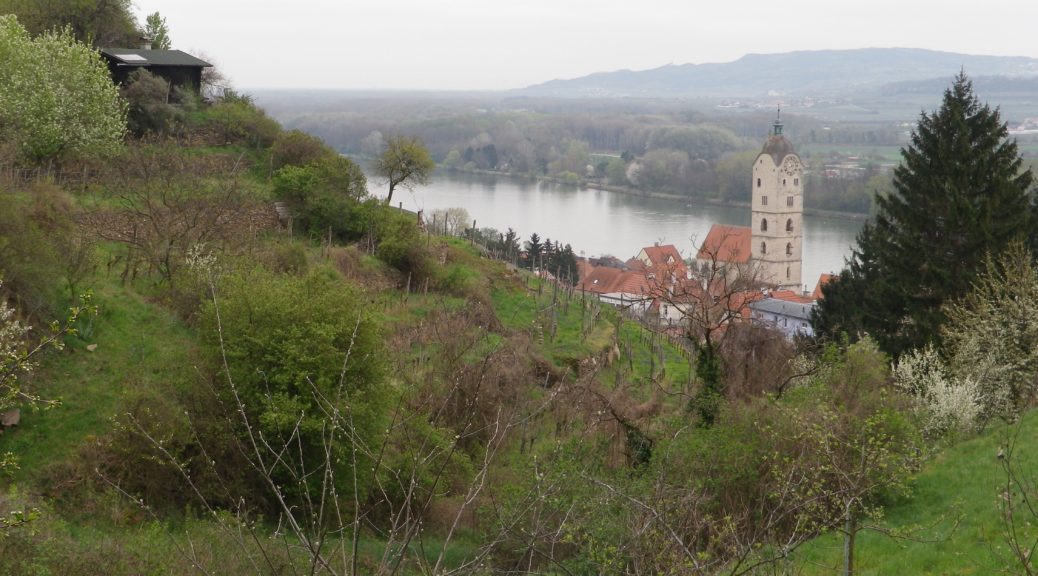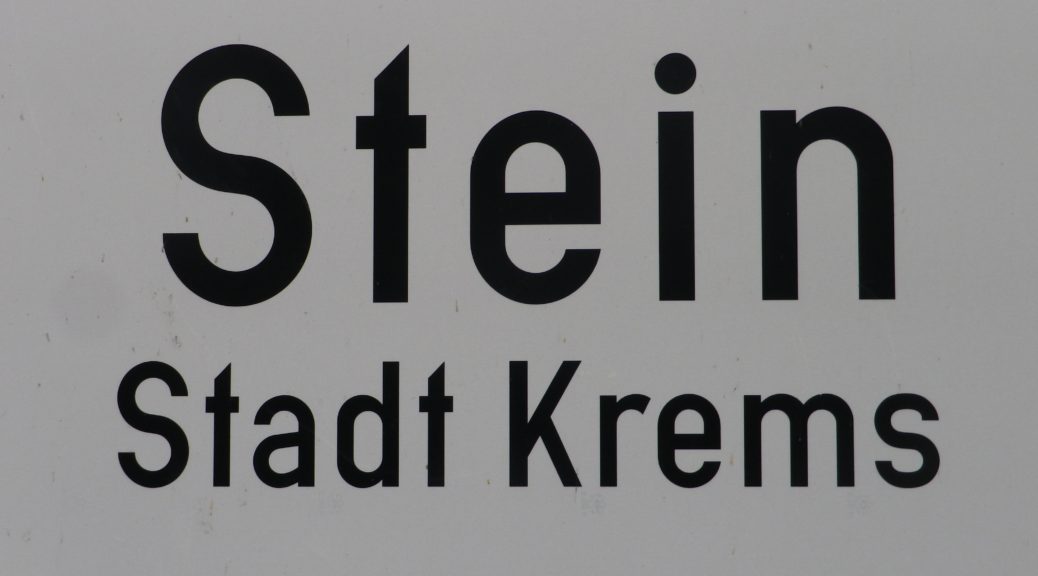Category Archives: Austria
Rosé at the Spa
Bad Gams is an Austrian spa town, quaint, quiet, thoroughly devoted to relaxation. What better way to relax than an early morning hike, (provisioned with mineral waters), some time at a spa, followed by a sampling of the local, but widely known, Rosé: Schilcher?
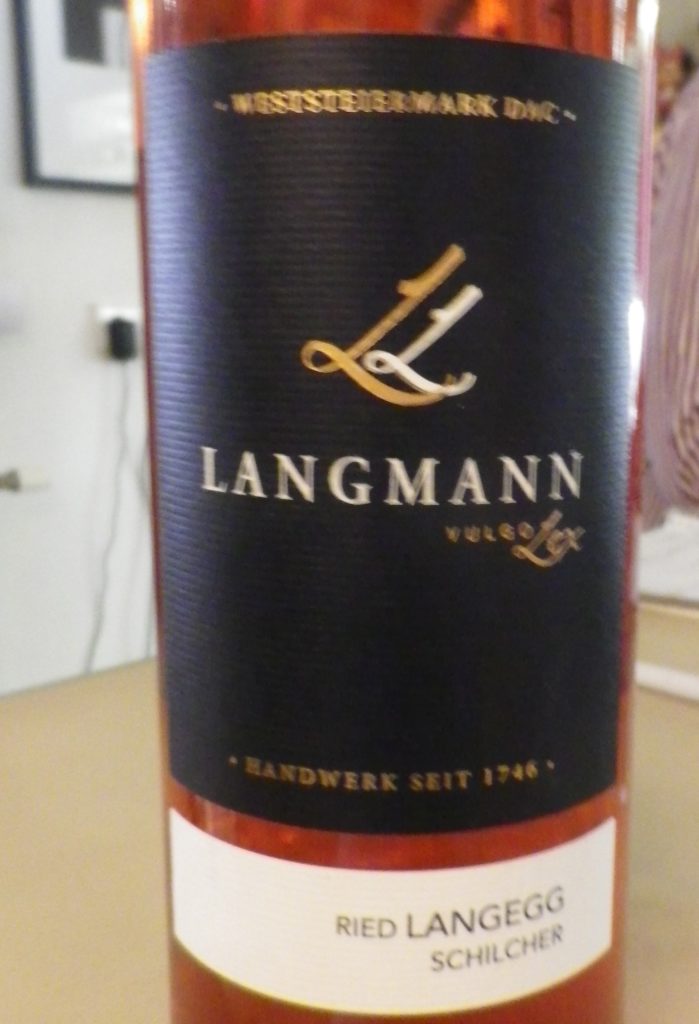
In fact, the trail I followed early one June morning was entitled the Schilcherkellerweg. A mouthful for so early in the morning, but broken down it translates as Schilcher Cellar Trail. It was an easy-going (figuratively and literally speaking) hike that took in the best of what this area has to offer: vineyards and spa waters.
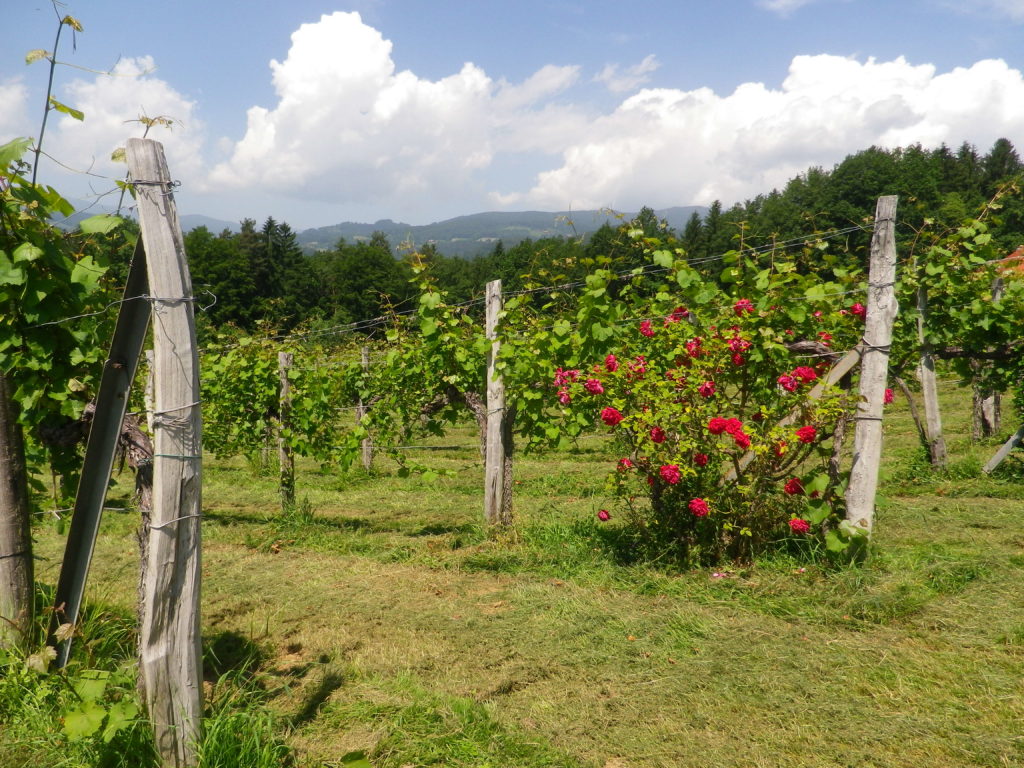
Wine Notes: Schilcher Wine
What I Learned
There are three districts of Austria’s Steiermark wine region, but only the Weststeiermark vintners produce Schilcher wine. This unique wine is a delicious rosé with unique characteristics. The name Schilcher stems from an old Germanic word meaning to shimmer (as in: with color).
Schilcherkellerweg: Trail in a Nutshell
Trail Name: Schilcherkellerweg (SKW)
Trail Type: A mid-distance circuit trail; fairly well-maintained, partly paved, some grassy or slightly rougher surfaces, and the rest is hard-packed surface; marking on the trail is good, most of the time.
Length:
Total – 10.5 kilometers/6.2 miles
Convenient to: Stainz, Deutschlandsberg, or Graz, Austria
Marking: Signs, or simply marks (on trees or poles) of blue and yellow horizontal stripes
The Heights of Styrian Vines
Set in the highest wine village in Europe, the Kitzecker Weinwanderweg surely lived up to its name, with multiple steep, vine-laden slopes to conquer, culminating in a sense of standing on top of the wine world. But having multiple opportunities to crest some of the highest slopes in the district, I could see for myself the incredible 360 degree vistas that height affords, all around this tranquil village in southern Styria.
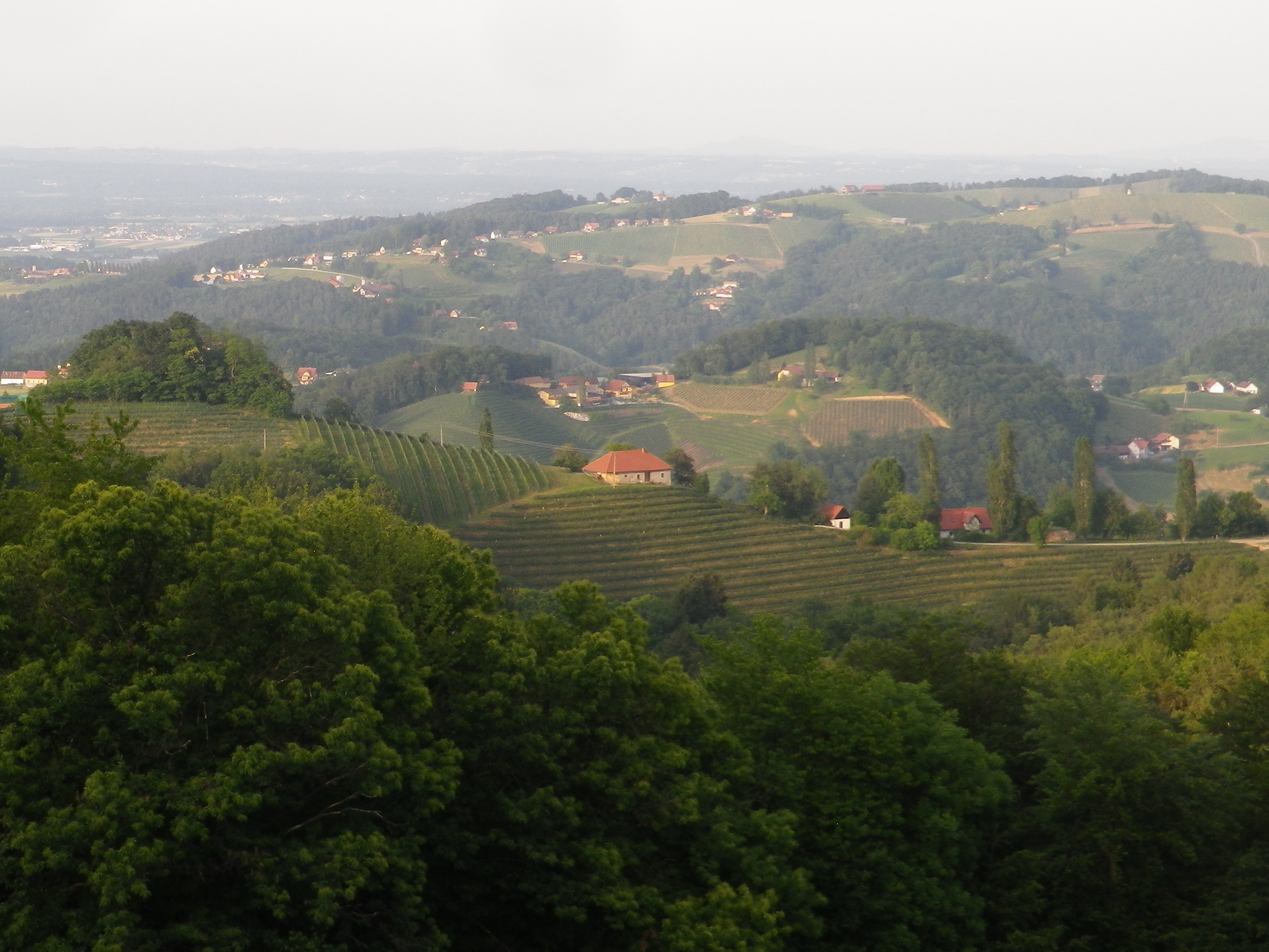
The trail was nicely laid out. The elevation changed constantly, leading through diverse landscapes. From village center to meadows and forests. Then there were the vineyards, irregularly shaped parcels covering sun-drenched slopes, often in view, and only occasionally passed through. There were streams and hillsides to walk along, usually shaded by old trees. In other words, there is a lot of variety to be had in a relatively short distance.
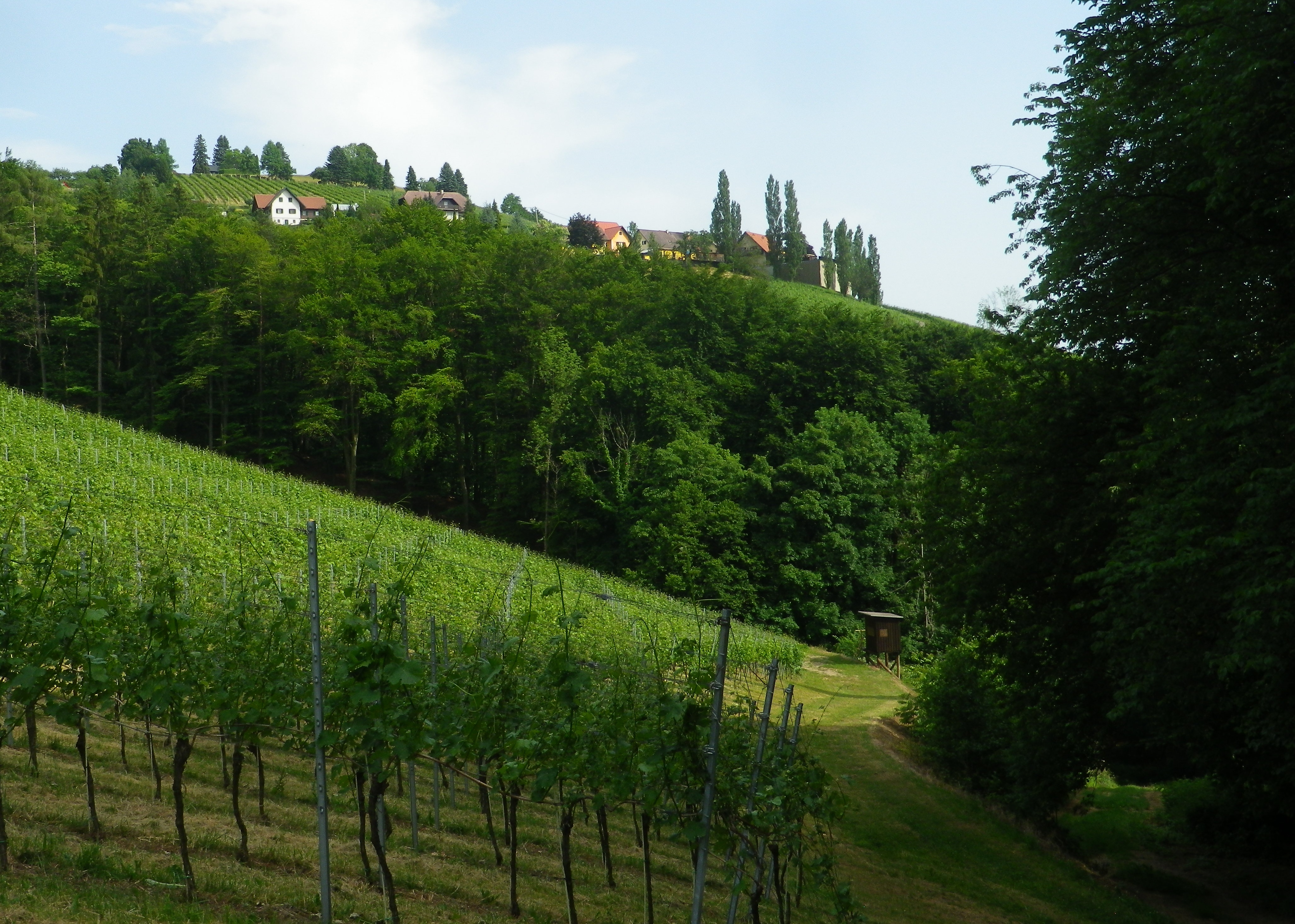
Hiking this trail in June meant long days, hot sun and lush vegetation in the meadows, forests and vineyards. So I began this short (9.2 kilometer) trail at around 5 p.m., when the sun was less fierce, and the temperatures dropped. While the leaf-cover from trees overhead was much appreciated, there wasn’t much I could do about the vegetation in the meadows. In a couple of places, it rose about 1.25 meters/four feet high, and unfortunately ticks, and tick-borne diseases, are on the rise in Europe. Where possible, I took an alternate route to rejoin the trail through vineyards or forest. Fortunately, this was possible as the town has a number of trails through and around it, making it a hiker’s paradise. Unfortunately though, on that day I belatedly concluded that this idyllic trail might be best hiked in later fall or early spring, when the meadow vegetation has scaled back.
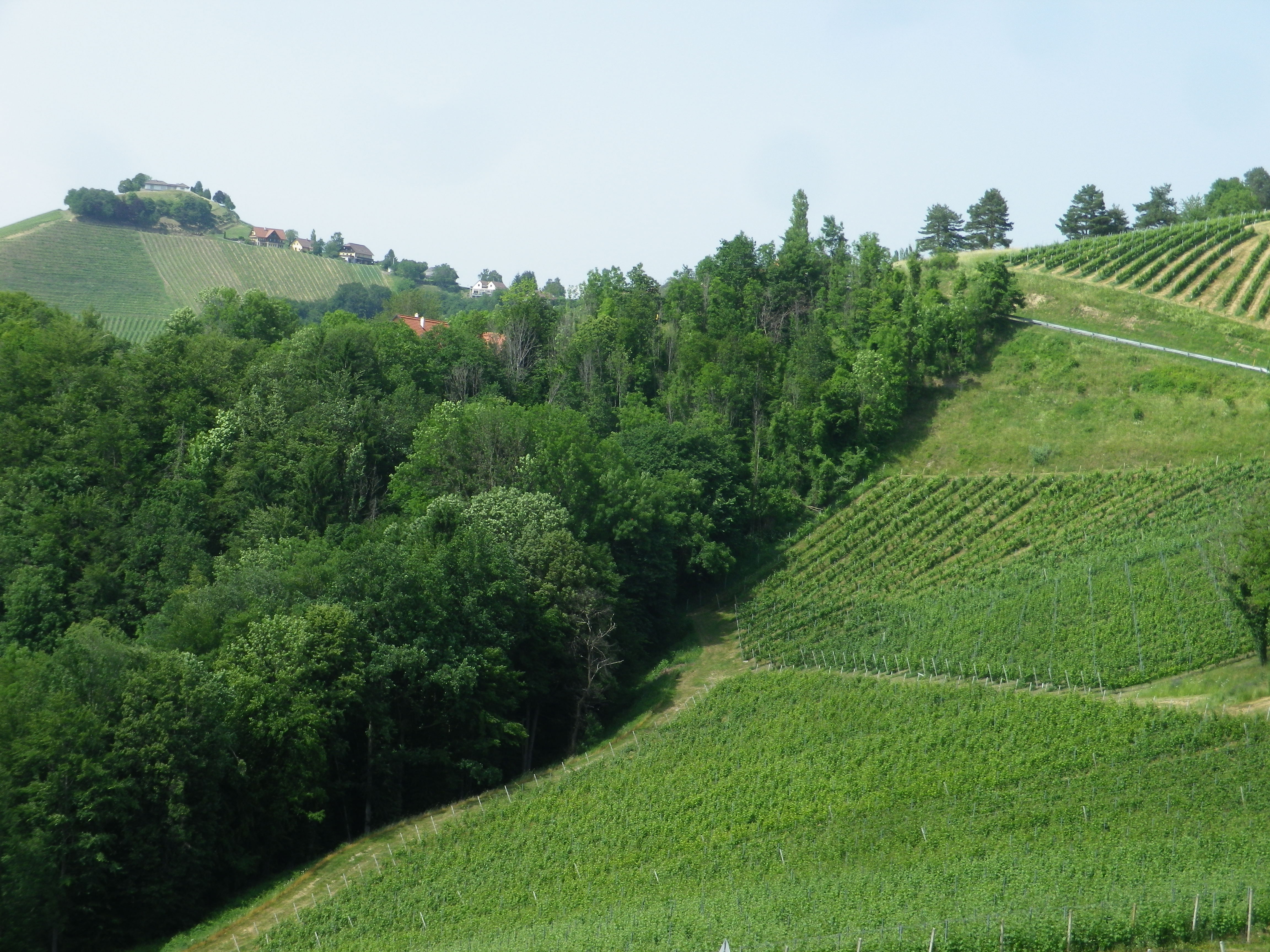
But even my couple of alternative routes (one along a road) were conducted in peaceful solitude. In reality, you get here a lot of quiet here. No rushing vehicles, no bustling village center. There is the wine museum right at the start of the trail that should not be missed, but otherwise, there is not much to indicate an actual urban hub. The village is more like a series of beautifully maintained farms loosely strung along a country lane. A couple of farms have converted to tourist accommodations, ranging from elegant to simple. Other farms do double duty as restaurants or wine taverns.
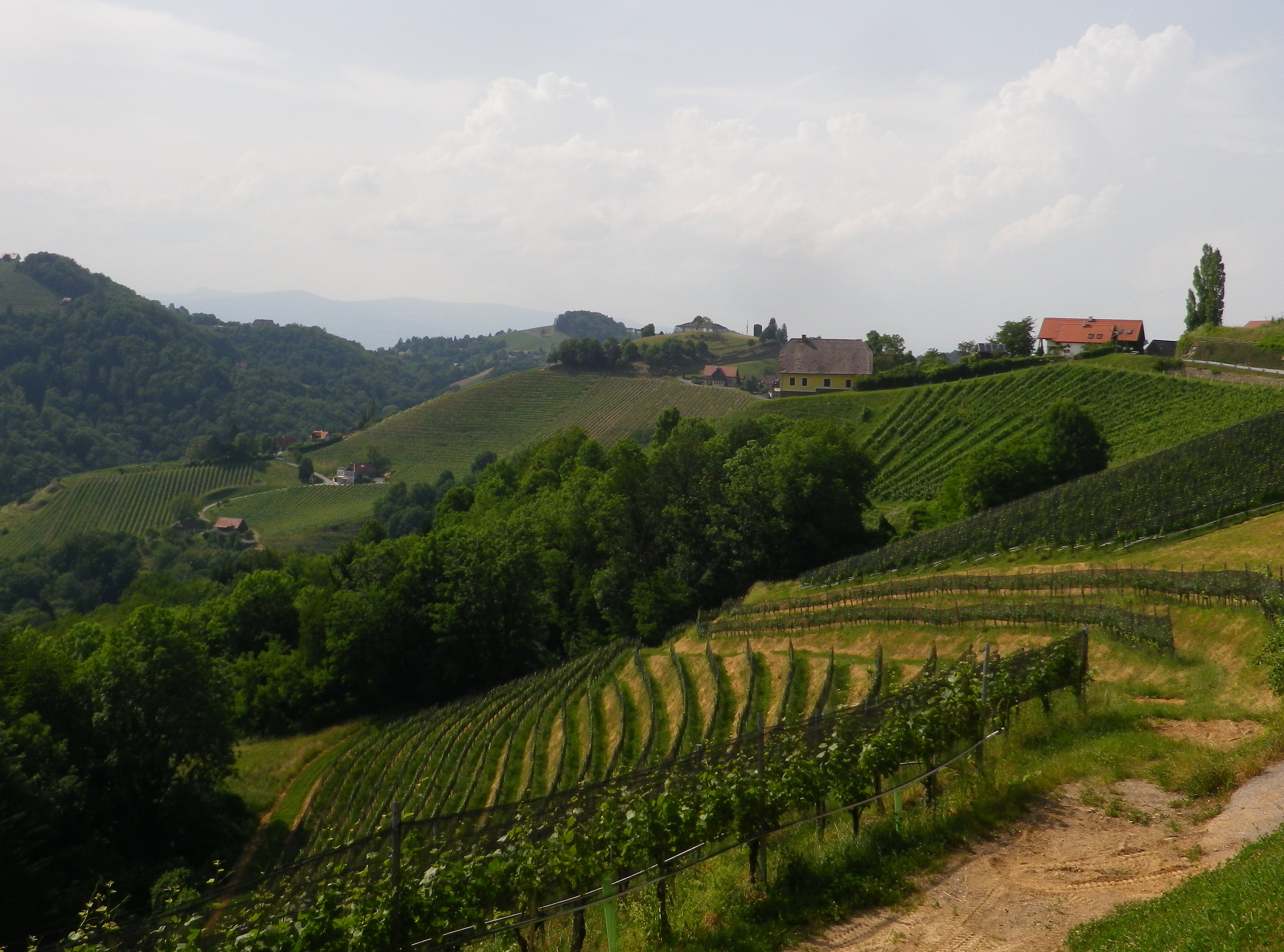
A church dramatically tops the highest point of Kitzeck. Its tower is like a beacon, and eyes from all around are drawn to it, starkly thrust up against an endless sky. Inside is simply decorated. But this small church with its stunning location, needs no further adornment.
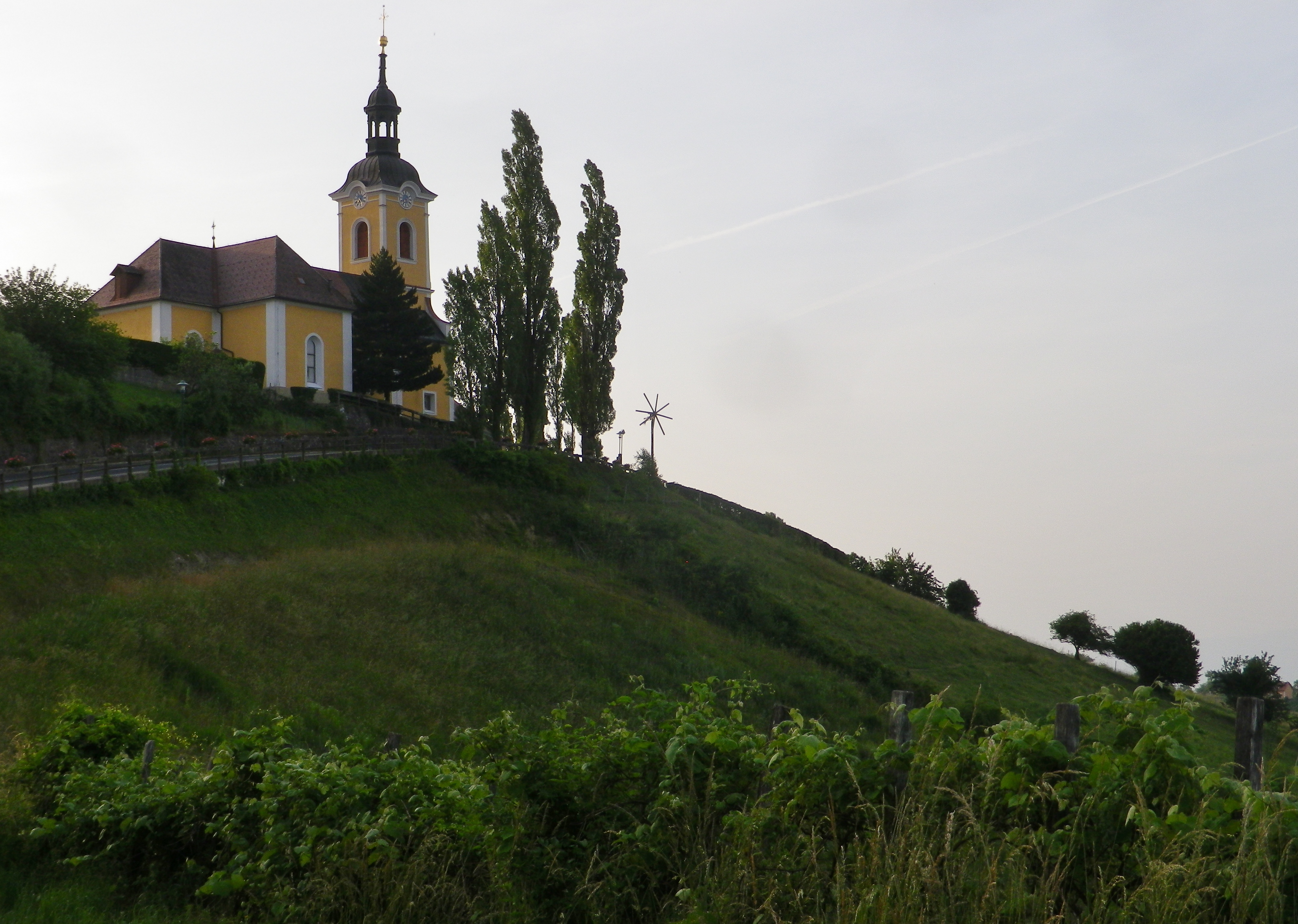
But while the hikers tendency might be to look down, as from the church, the high vantage point around, or from an open hillside, to appreciate the steepness of the terrain hikers should pause to look up every now and then along this trail. The vines seem to be stacked on top of each other, and the trees rise like sentinels, one behind the other. The luxuriant and brilliant greens were everywhere and constantly evolving. The greens darkened and the blues intensified as the sun sank lower in the horizon.
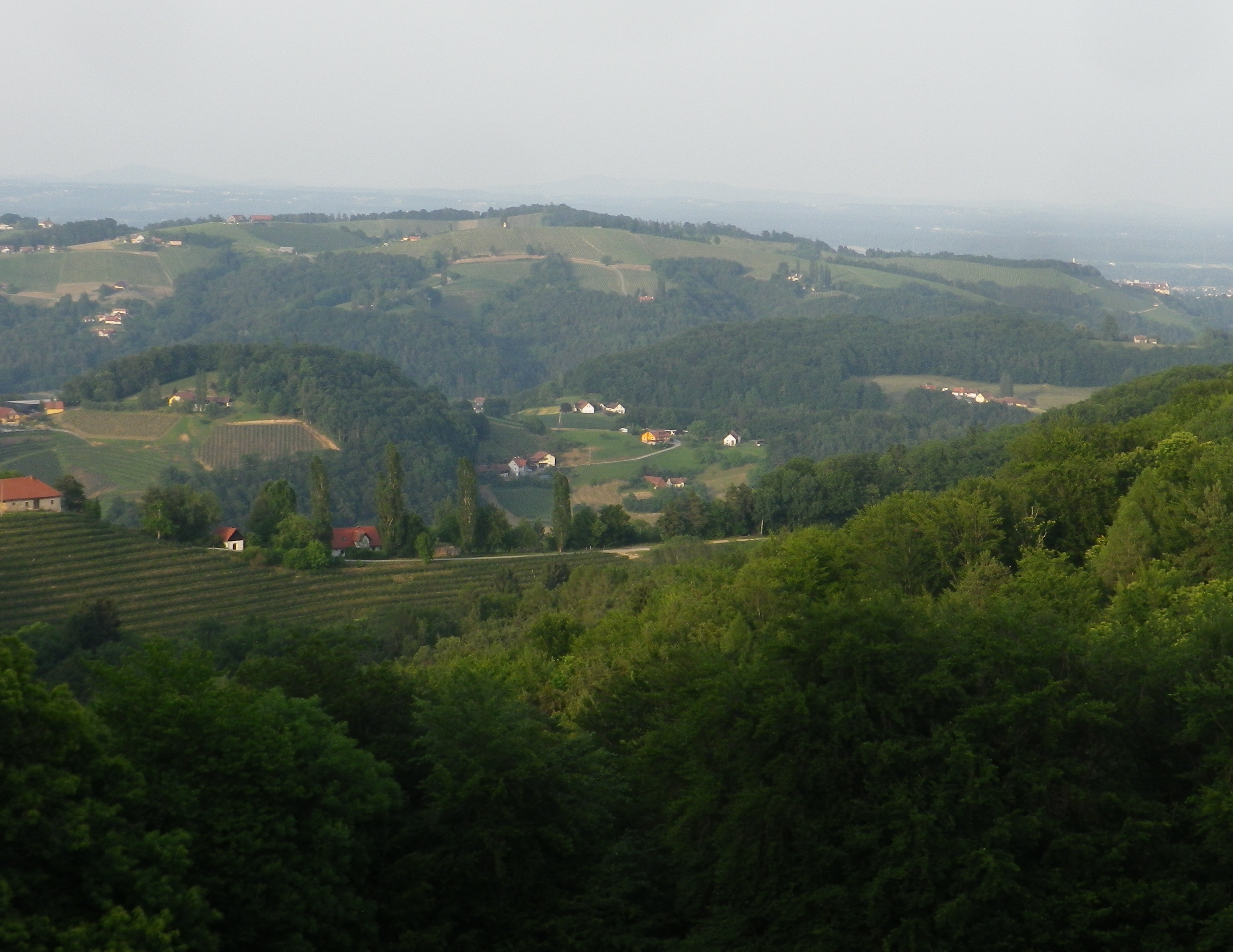
Leaving the final forested section, I entered a compound of half a dozen houses and farm buildings. Here I passed a wine tavern, sadly closed on a Tuesday at around 7:30 on a beautiful evening. My thirst unquenched, but visually rewarded with a dramatic view of the church tower, backlit by the last rays of the setting sun, I made my way to the top of the hill, passing the church, and enjoying the last views of the day from yet another wine-themed trail, this time in Kitzeck.
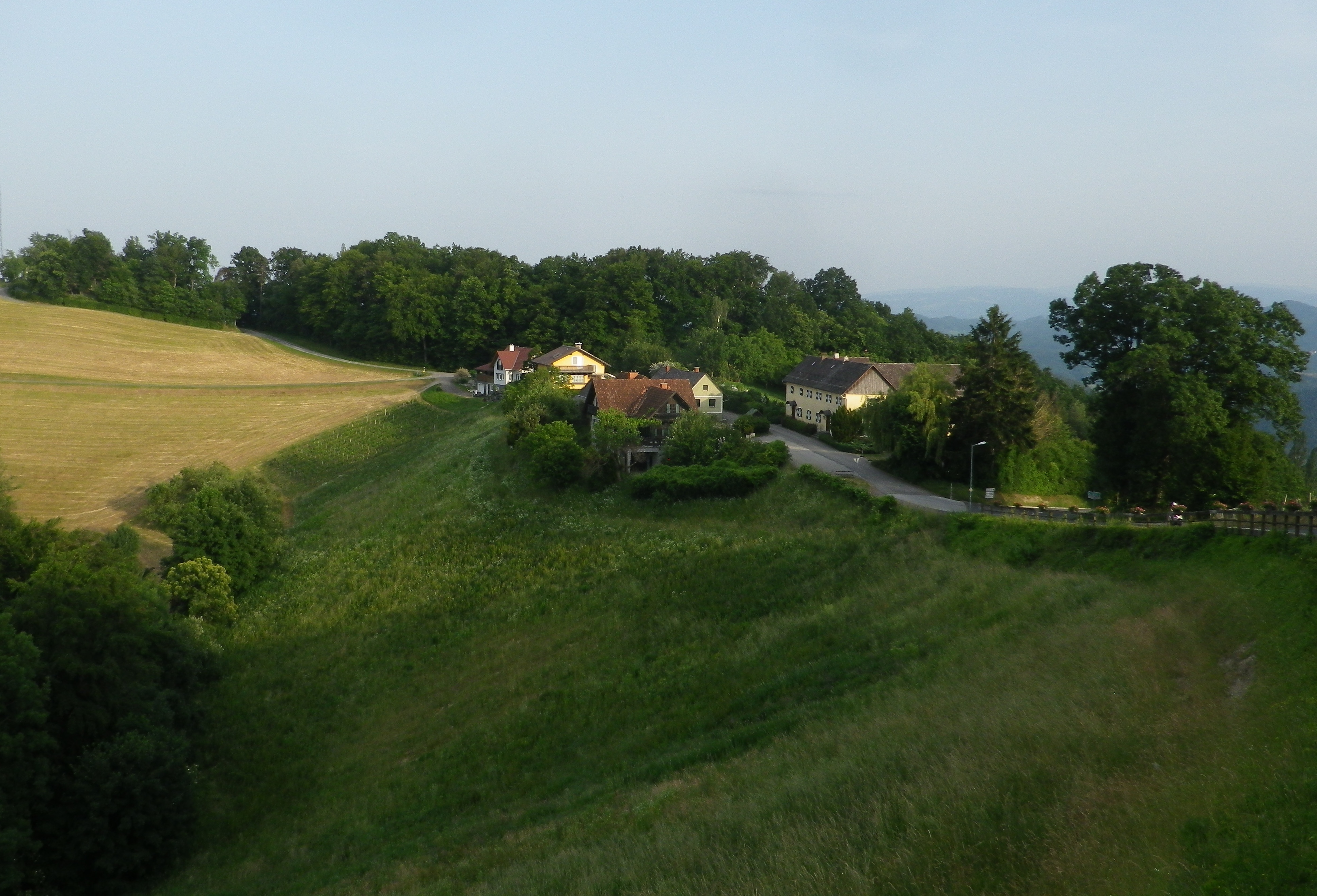
Wine Notes: Austria’s Suedsteiermark
The Steiermark is a wine region in the southeast corner of Austria. It is called Styria in English. The Steiermark lies just north of the Slovenian Alps, and east of the Austrian ones. Within this political and wine entity, there are three wine sub-regions. (See the red lines of the photo of the map above.)
-The easternmost, the Suedoststeiermark lies closest to Hungary, from where gets some of its climatic influences. Its topography is moderately hilly in most places, and as the name for one of its districts implies, was formerly covered by volcanos, hence the denomination name “Vulkanland”.
-Then there is the Weststeiermark. It is known by Austrian wine-lovers, and promoted by the local tourism industry, as Schilcher-land, home to a rose wine of the same name.
But this blog post is about the southernmost sub-region of the Steiermark, the Suedsteiermark. This relatively small sub-region shares a long border, as well as a tradition of viticulture, with Slovenia. Lying just north of the Slovenian border, it is located in very high hill region, if not a mountainous one, with steep sided slopes, interspersed with deep, narrow valleys. (Think roller-coaster ride, which it sure felt like in a car, and you have the general idea.) Kitzeck, one of the leading wine villages in Suedsteiermark, claims the distinction of being Europe’s highest wine village. The weather here, though, is similar to that of Tuscany. (Hence, it is sometimes referred to as the “Styrian Tuscany.”)
Viticulture in the Suedsteiermark focuses only on a few varietals, predominately white. Morillon, known as Chardonnay elsewhere, is grown here, and along with Sauvignon Blanc, and Pinot Blanc. These three varietals are readily recognized by most wine drinkers. However, two white varietals, and resulting wines, are rather unique to this area.
The Welschriesling (not related to Riesling at all), is a late ripening grape. Because of the Tuscan-like climate in this district, it can sometimes be harvested late for trockenbeerenauslese wines. This dried berry harvest occurs later than the regular harvest, when the berries literally dry up and shrivel on the vine before being picked. Therefore, these berries will produce a sweet wine when picked late, in spite of their natural acidity. Otherwise, the Welschriesling varietal produces a light, somewhat dry wine that is meant to be drunk young.
Another unusual variety and its wine is called Saemling. It is known as Scheurebe elsewhere in the Germanic wine-world. While it can be rather fruit-forward on the palate, it can also have a backbone of acidity to it. These wines will keep. It also makes a decent sweet wine.
What I Tasted
2018 Sauvignon Blanc, Qualitaetswein aus Oesterreich, Weingut Schneeberger (Heimschuh): A dry white wine with dark minus gold color, gooseberry and citrus nose, with flavors of the same; medium minus acidity.
2018 Welschriesling, Oesterreichischer Landwein, Weinbau Koschak (Kitzeck): An off-dry white wine with medium gold color; a tart green apple nose, with green and red apple flavors; medium acidity
2017 Welschriesling, DAC Suedsteiermark, Pichler-Schober (Mittereck/St Nikolai in Sausal): An off-dry white wine with medium minus gold color; a green apple and wet stone nose, with green apple and raw almond flavors; medium plus acidity, with a clean crisp finish.
Kitzecker Weinwanderweg: Trail in a Nutshell
Trail Name: Kitzecker Weinwanderweg
Trail Type: Short-distance circuit trail; mostly well-maintained and with a variety of trail surfaces; marking on the trail mostly good.
Length:
Total – 9.3 kilometers/5.75 miles
Convenient to: Graz, or Leibnitz, Austria
Marking: Black number 8 on a rectangular red and white stripe background
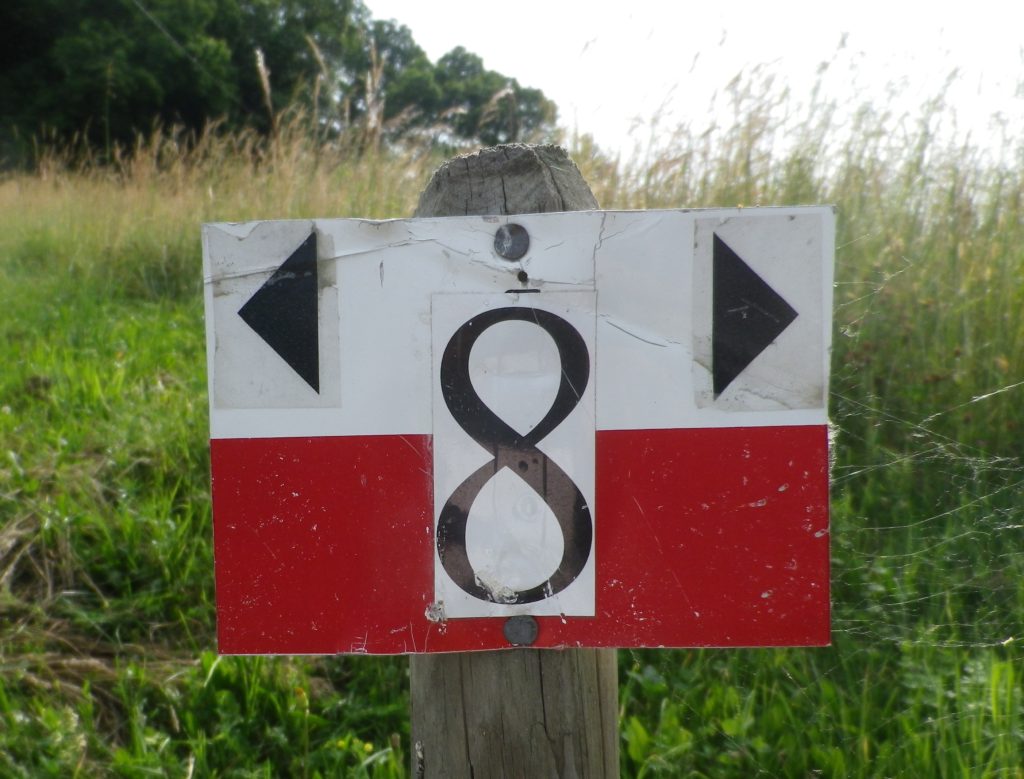
Trail Description: This trail passes through a great variety of landscapes, and its hikers will encounter diverse trail conditions along the way. Three significant inclines/declines, but once on top hikers will enjoy fantastic panoramas of the surrounding district and beyond.
Trailhead:
Kitzeck in Sausal, Steinriegel, by the wine museum and church
Parking:
Kitzeck in Sausal, Steinriegel, by the wine museum and the church
Public Transportation Options:
Rail: Closest rail connection is in Leibnitz, coming from Graz. The Austrian train system is the Oesterreichische Bundesbahnen (OeBB), and the https://www.oebb.at/en/fahrplan link will provide timetable information for both the OeBB trains and Post bus system. (See below).
Bus: The OeBB Post bus system currently (June 2020) services Kitzeck from Leibnitz about 3 times a day on weekdays. Less often on weekends or holidays.
Suggested Stages: Not applicable
Trail Itinerary-Reference Points: (Clockwise)
Kitzeck: Sauegg Weg, path (found across from Kitzeckmueller tavern/restaurant driveway) through field then woods downhill to Sauegg, path along stream; Greith: cross L636, Schnabelveigl Weg; Annaberg: Landgutstr, path through forested area, Poetscherlweg; Perlleiten: along hamlet lane, vineyards, meadow, then pass Weingut Albert; Kleingauitsch: Uphill along L678, turn right onto path through fields and vineyards, woods; Kitzeck: Joshweg-Sacherneggweg I, L636 (AKA: Steinriegel and Sausaler Weinstrasse)
Representative Trail Photos:
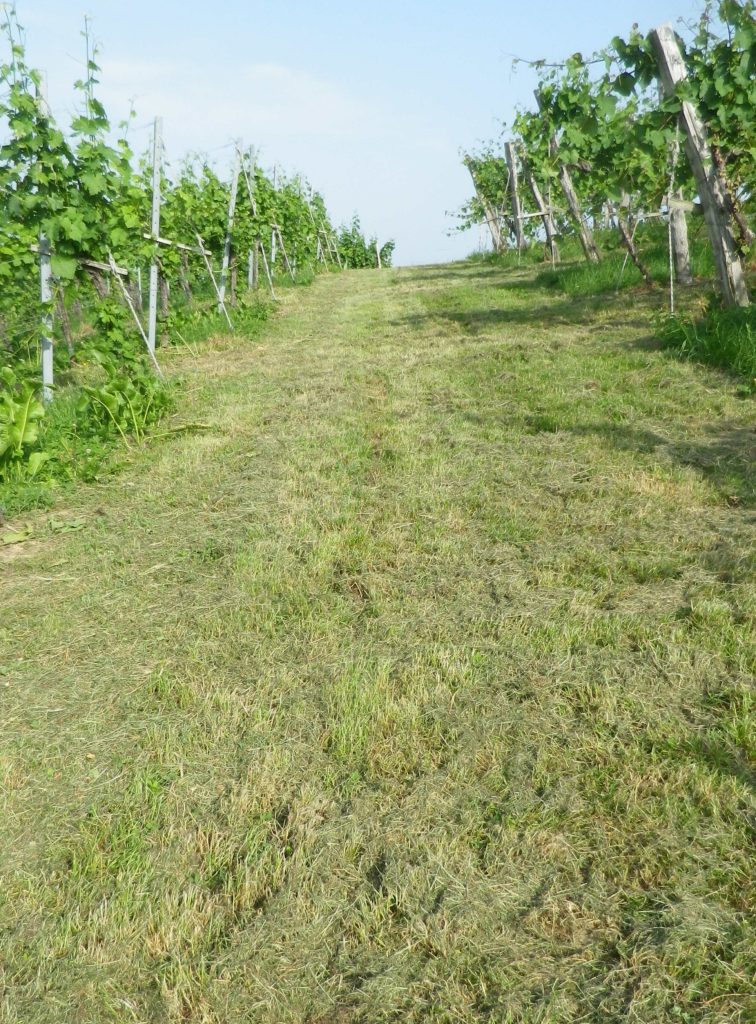
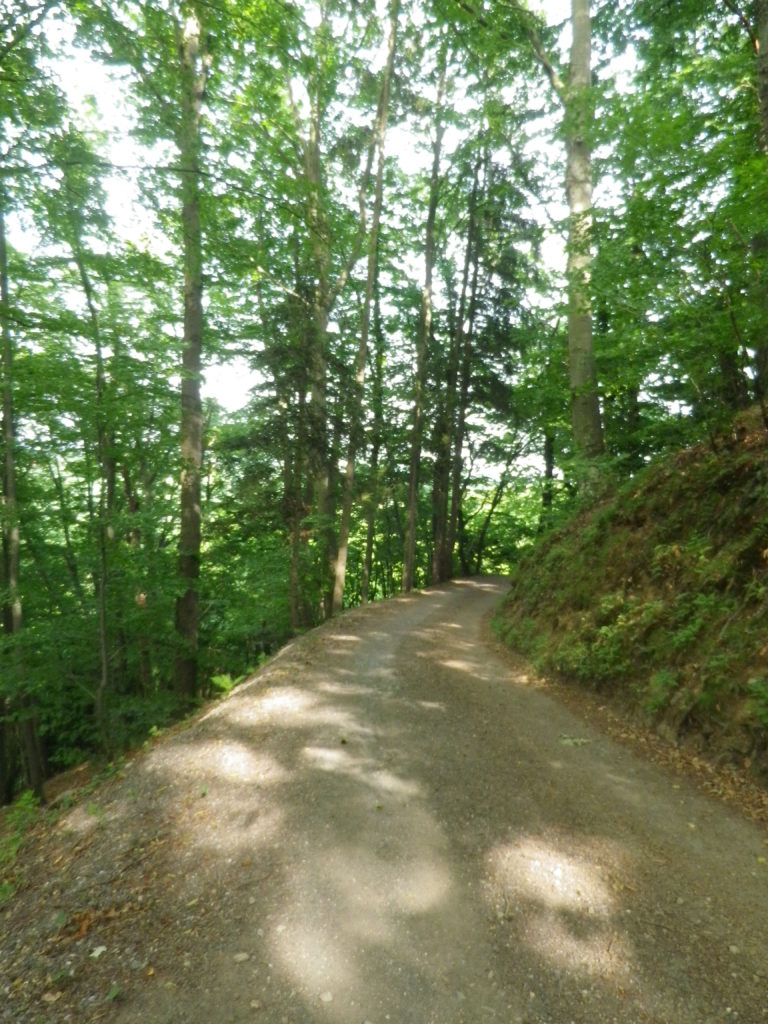
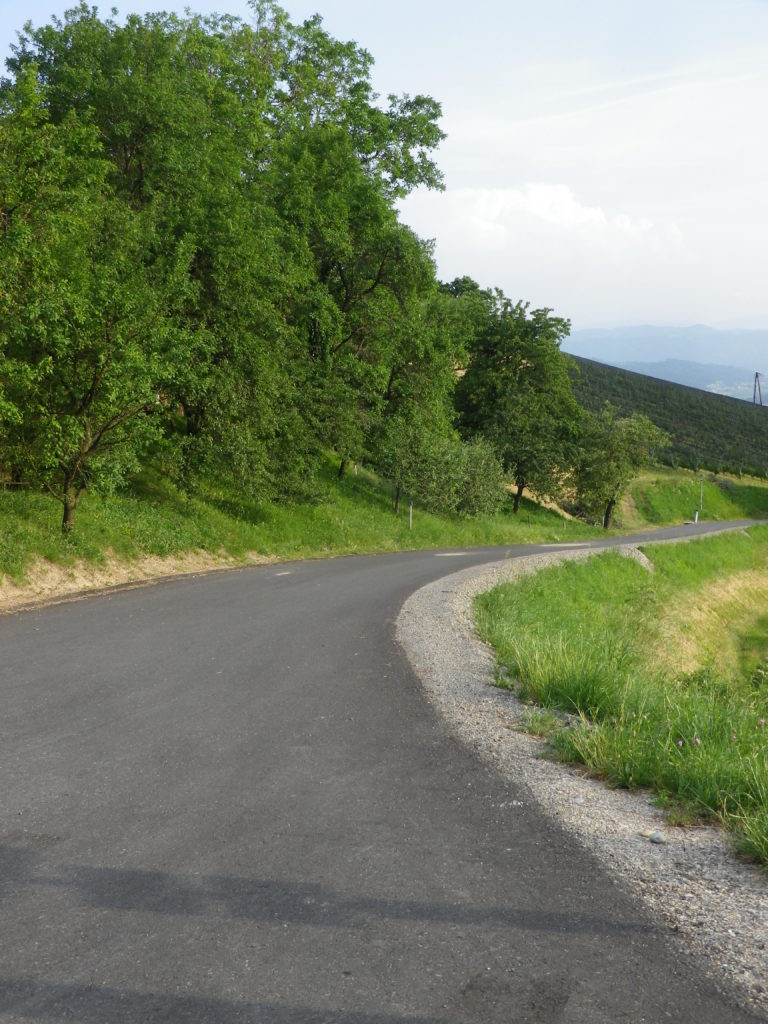
Restrooms:
Kitzeck: Steinriegel, behind the wine museum
Attractions on or near Trail:
Wein Museum: Highest wine museum in Europe
Tasting along the Trail:
Several wineries along or very close by, the trail
Alternative Options:
Biking: The Weinstrasse Tour offers four different variations (72, 49, 31 or 25 kilometer-circuits) on mostly little used roads through this wine district.
Mountain biking: The Klapotetz (elaborate scarecrow-like devices vintners use in the vineyards) MTB Runde is a 31-kilometer-long circuit passing through Kitzeck, and passing as far south as Heimschuh.
Car: Both the Suedsteirische Weinstrasse and the Sausaler Weinstrasse are relatively short, scenic car routes which take visitors to different wine villages, wineries and past local vineyards in this area.
Additional Information:
Regional: https://www.kitzecksausal.at/tourismus/tourismusverband/
https://www.sulmtal-sausal.at/de
Trail specific: https://www.outdooractive.com/de/route/wanderung/suedwest-steiermark/kitzecker-weinwanderweg-/1512229/
Comments:
Trail sections through meadows can be rather overgrown in June.
Gallery May 2020
Stein and the Schreckberg
Schreckberg, specifically the Steiner Schreck, Hund, Altenburg, and Steiner Pfaffenberg are four named vineyards along the itinerary on this hike above the town of Stein an der Donau, Austria. The Krems River is a major tributary to the Danube. The Kremstal wine region has Krems, on the Krems River and the Danube, as its main city. Krems has the little town of Stein an der Donau attached to it. Although Stein’s vineyards form part of the Kremstal wine region, it is easy to see why some experts believe that this area belongs to the Wachau wine region. Situated along the Danube upriver from Krems, Stein vineyards flow into those of the Wachau by Loiben, at the end of a visually dramatic and historically significant section of the Danube. A hike along this section of the Danube is a fairy tale come true.
This itinerary granted the typical three wishes for an ideal vineyard hike: beautiful natural scenery, charming small towns, and renowned vineyards. On magical moments here and there along the trail, all three lined up for a memorable photo opportunity.
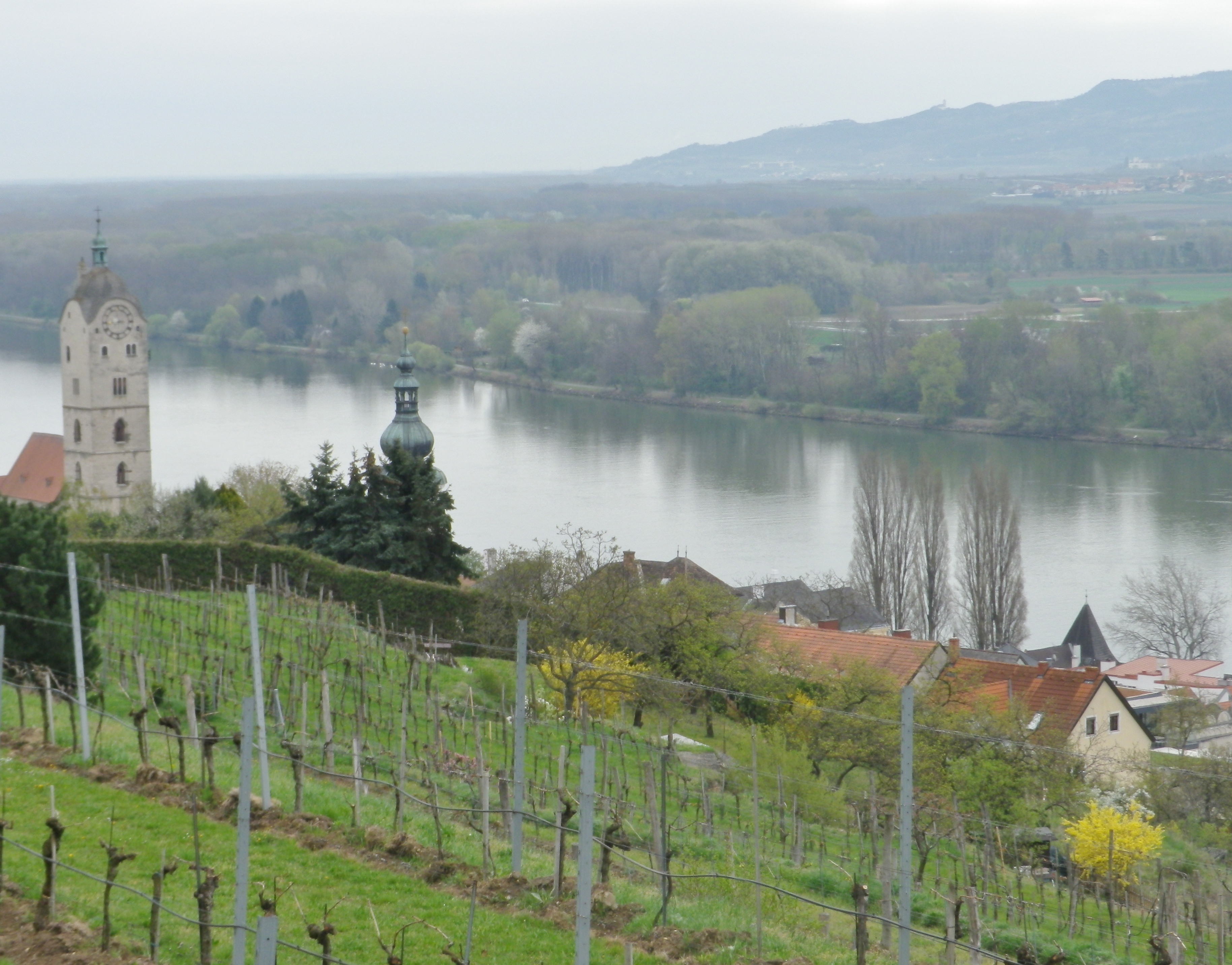
My hike began along the Steiner Kellergasse, or Stein’s “Cellar Lane,” where the vintners had their cellars, and in some cases, still do. This area is just below the vineyards, on the edge of the built-up area of town, and climbs uphill toward the vineyards. Soon I was in them. No doubt Stein is still very much a wine village.
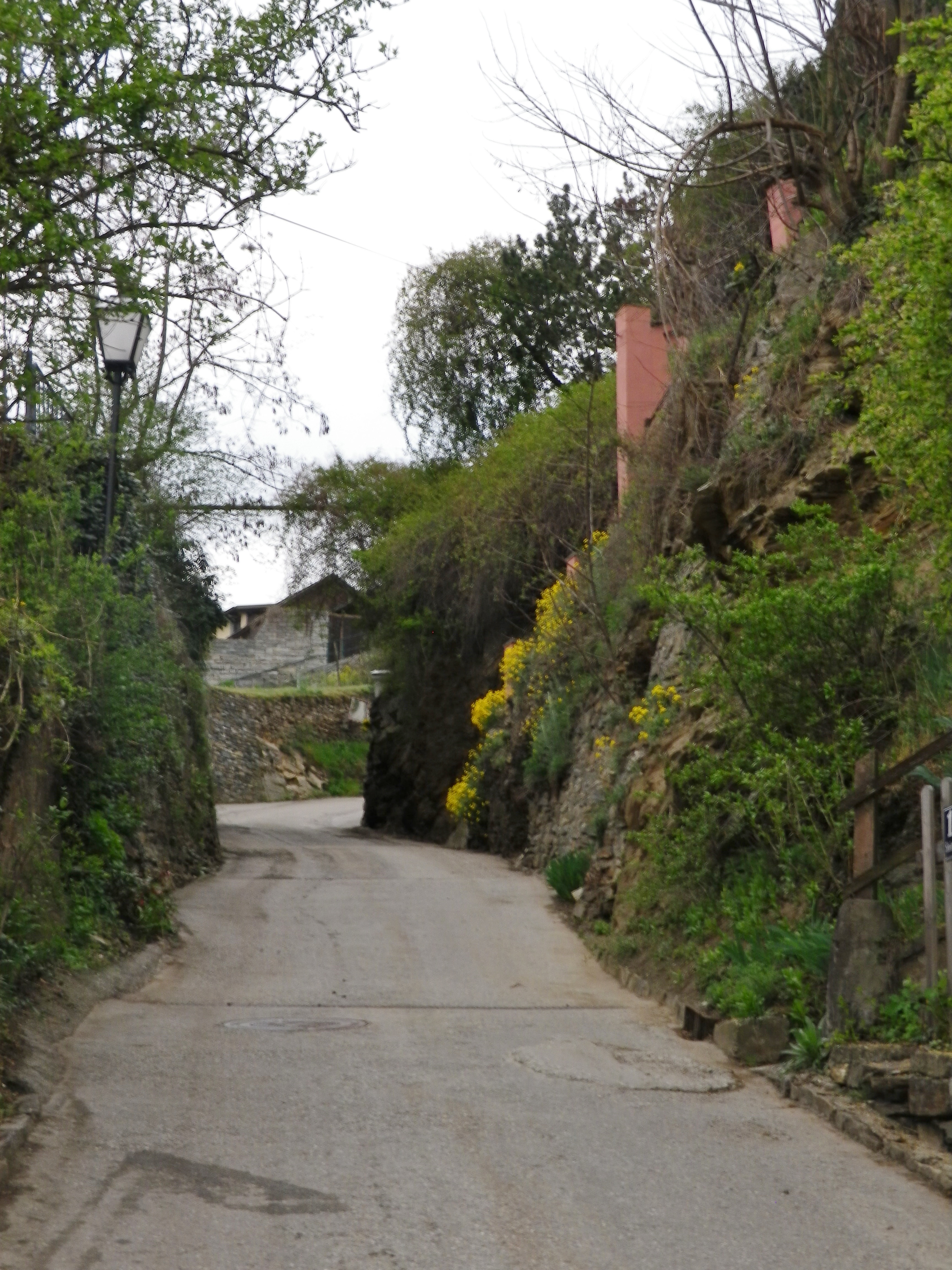
This final section of vines in the Kremstal appellation, has some unique parcels, with unique soils and aspects. The vineyards on the Schreckberg are steep and terraced. Each terrace seems uniquely formed to provide the best aspect for a few rows of vines. From a distance, these look charmingly higgledy piggledy, but up close, they make perfect sense. Deep cuts between parcels expose the subsoils, showing deep sedimentary layers. On finally reaching the top of the Schreckberg, the trail circled around to head back down into town.
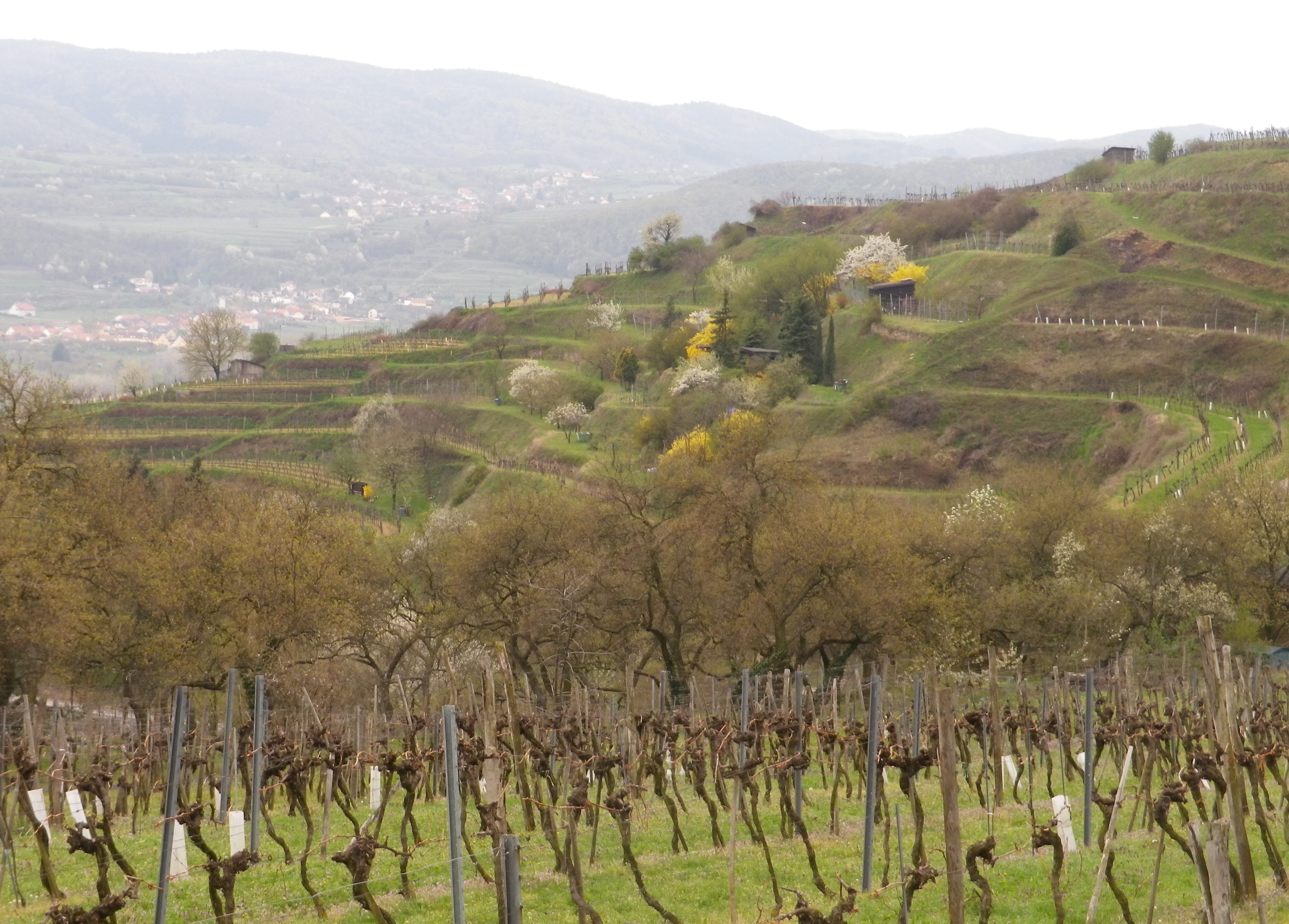
From this perspective, beautiful views of the Danube and the forested hilltops of the right bank. Upriver, the Danube twists and turns through a relatively narrow valley flanked by cliffs, with vineyards on the left bank facing south, and forests of trees (to include apricot trees at lower elevations) on the right. The water flows swiftly and silently along this section. It is difficult to believe that this peaceful spot is only 60 minutes by car or 75 minutes by train from Vienna!
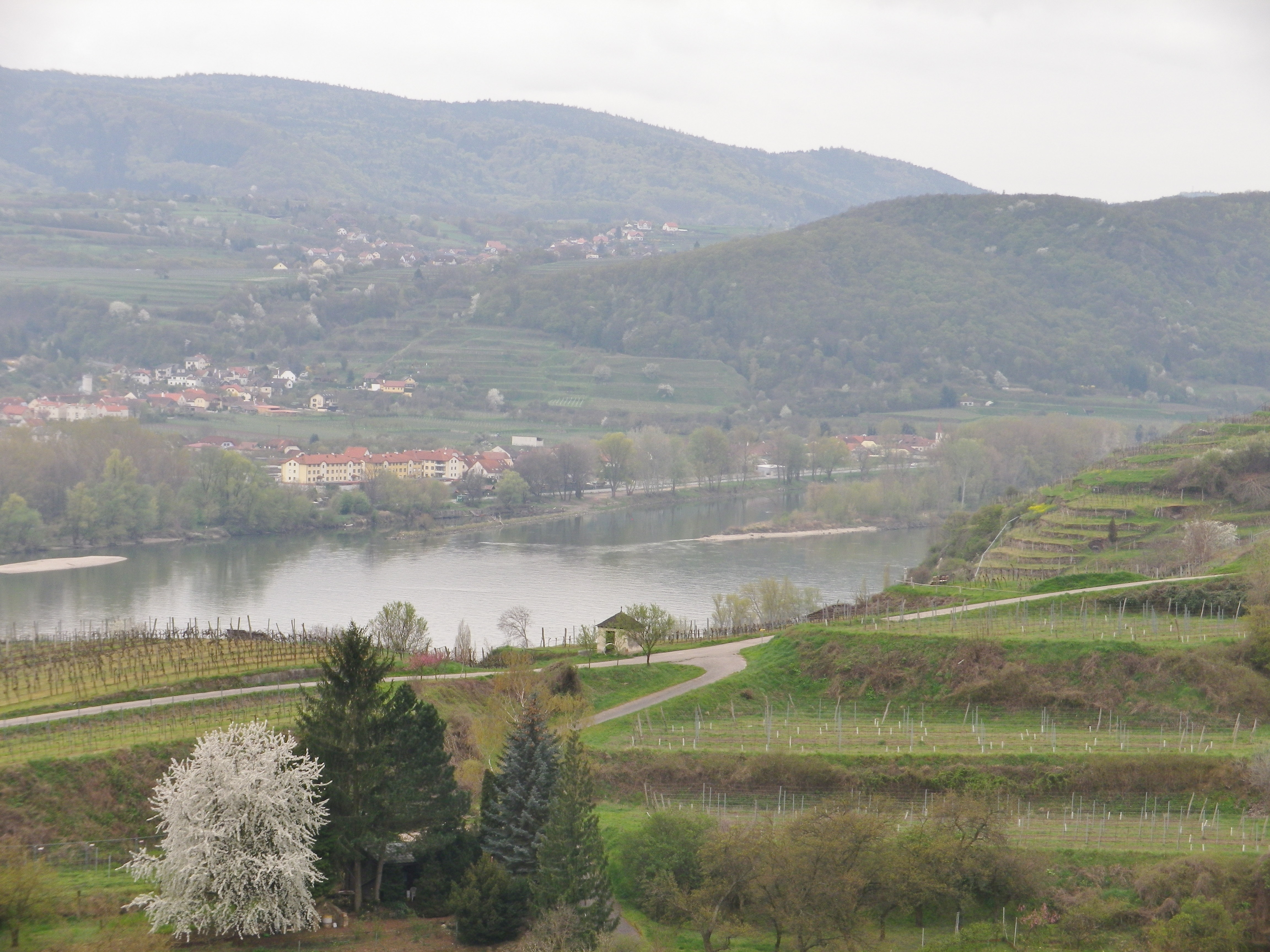
Separated by a road in a deep cut (the Reisperbachtal road), the next part of the hike went up the Steiner Pfaffenberg. It is closer to the Danube, rising seemingly from its narrow bank. Here, after passing the Altenburg ruins, and the Altenburger Weinberg Cross, made in part of vines, the noise and bustle of the town really fades away. The vineyards were quiet, and the terraces looked more regular, not quite as fantastical.
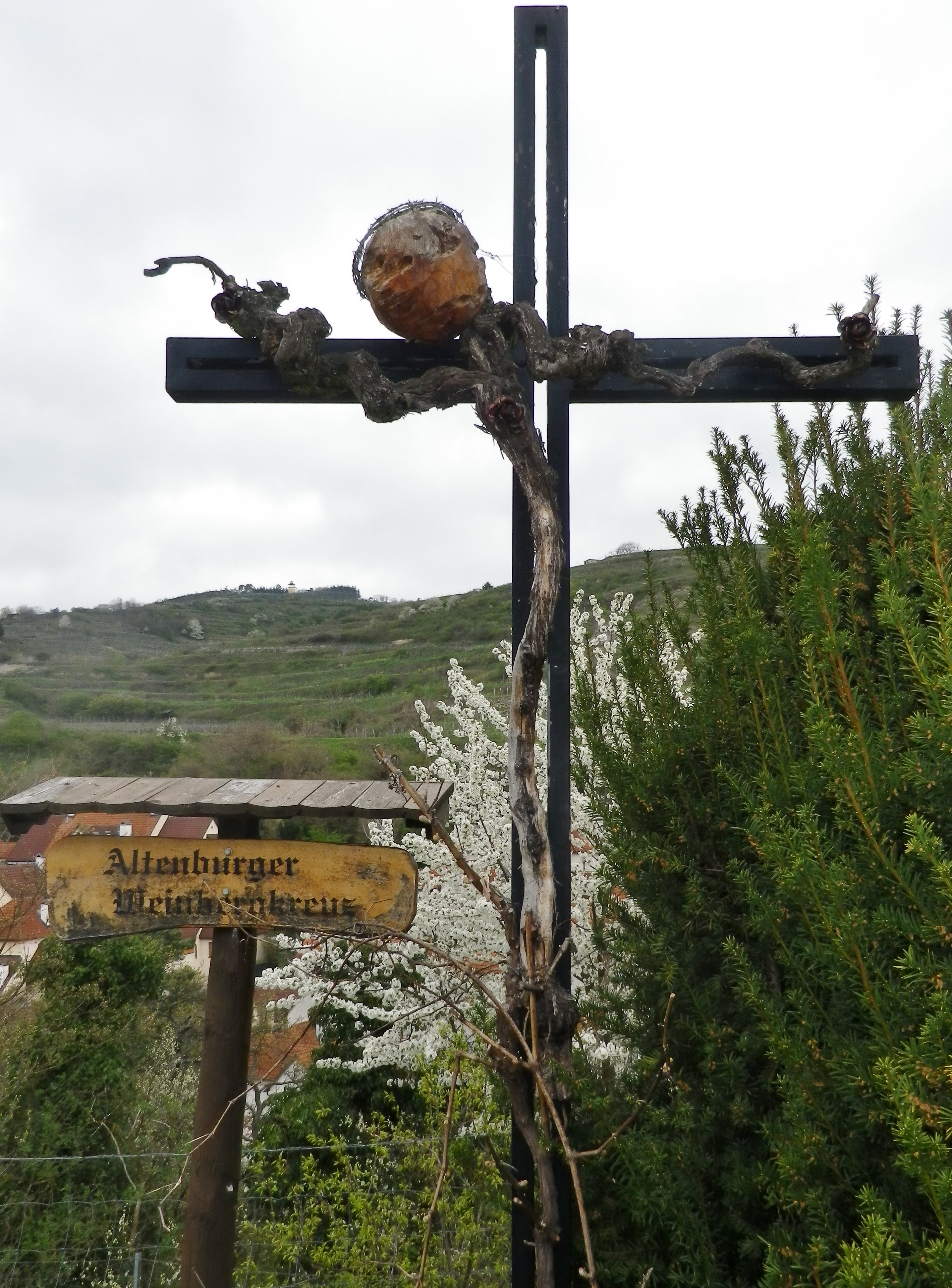
After a woodland interlude, the trail led down to Foerthof, a hamlet by the river with a medieval chapel of note. Following the river downstream, I soon reached Stein, and entered the historical section by an old gate. Nearby were well-maintained pastel-colored houses and shops, many with simple, but elegant Baroque facades. A slight detour led up to the parish church above the Steiner Landstrasse, and a set of stairs from the church yard led back down to it.
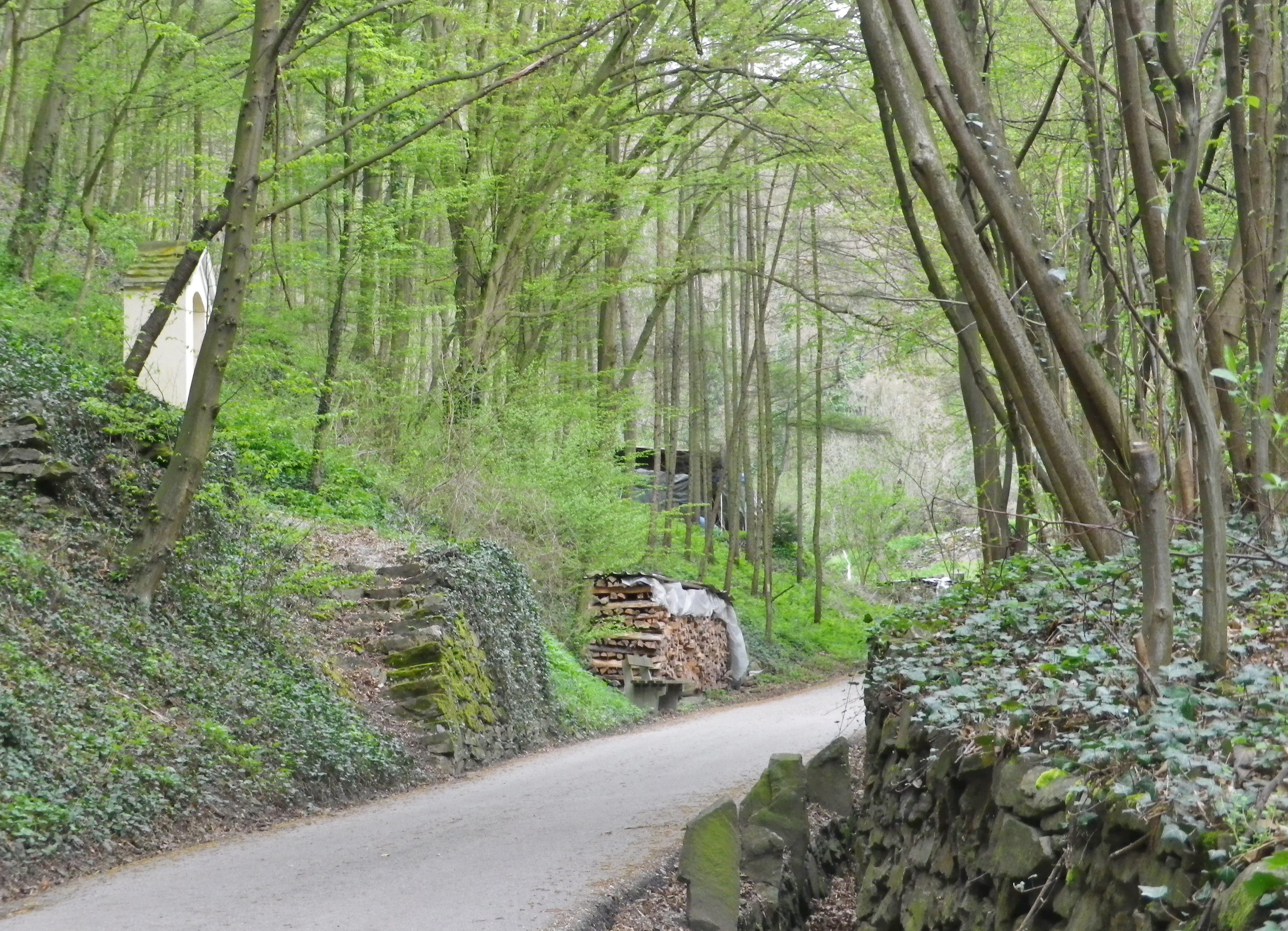
While it was one of the shorter hikes I have ever done, it managed to hit all the highlights of this magical district of Austria, and had the advantage of having great wine, which like an elixir, restores one’s idealistic belief in the myth of wine and eternal well-being!

Wine Notes: Kremstal
What I Learned:
Kremstal (Krems Valley), in Krems, Austria, along with its associated village of Stein, and a narrow band of area on the opposite side of the Danube, form a wine district known as Kremstal. This district lies on both sides of the Danube River and its tributary, the Krems River. Vineyards lie above the communities on high slopes overlooking the communities and the rivers. Loess and sedementary soils predominate in this region.
Noted Ried (named vineyards) in Stein are: (from up to down river) Steiner Pfaffenberg and Hund; with other esteemed vineyards being: Pitschental, Altenburg, Grillenparz, Danzern, and Schreck.
Wine-making in the Krems region dates back about 2000 years. As Christianity moved east, monastic organizations revitalized the tradition. The oldest vintner association in Europe, the Hauerinnung Krems-Stein, has been here since 1442. In 1938 it founded Winzer Krems, a name that endures today. Its cooperative winery, Sandgrube 13, is located at the same address in Krems, and worth a visit.
Like the neighboring Wachau wine region, the Gruener Veltliner is the single-most cultivated grape, accounting for half the annual production. While grown elsewhere, this grape, and the white wine it produces, is Austria’s claim to fame in the wine world. Riesling is the second most cultivated grape. White varietals predominate here, and other white varieties include, Rivaner known elsewhere as Mueller-Thurgau), Muskatteller, Neuburger, and Pinot Blanc and Gris. Grown to a lesser extent, the red varietals include Sankt Laurent and Zweigelt.
What I tasted:
2016 Rivaner, Winzerbraut, Qualitaetswein, Halbtrocken, Winzer Krems (Niederoesterreich): An off-dry white wine with medium minus gold color; a nose of green apple and ripe white peach, toasted nuts, peach and slight spice flavors; medium acidity, nicely balanced overall.
2015 Sauvignon Blanc, Kellermeister Privat, Niederoesterreich, Qualitaetswein, Trocken, Winzer Krems: A dry white wine with medium minus gold color; light boxwood, gooseberry nose, with boxwood and citrus flavors, with a hint of spice; medium plus acidity.
2015 Gruener Veltliner, Frauengrund, Kremstal DAC, Josef Dockner: A dry white wine with light gold color; a floral and spicy nose, both sweet and sharp; floral, honey, tangy spice, vanilla and grilled peach flavors; mild acidity.
2014 Riesling, Ried Grillenparz, Erste Lage, Kremstal DAC Reserve, Weingut Stadt Krems: A dry white wine with light gold color; a sweet grape nose, and tropical fruits, turpentine, and spicy, mustard-like flavors, with a hint of minerality; medium acidity with a smooth finish.
2013 Gruener Veltliner Steinberg, DAC, Weingut Hutter: A dry white wine with a dark gold color; floral and fruity notes with a hint of grapefruit, very mild acidity.
2013 Riesling, Stein Terrassen, Weingut Hutter: A dry white wine with light gold color; floral notes with a slight hint of grapefruit; medium acidity.
